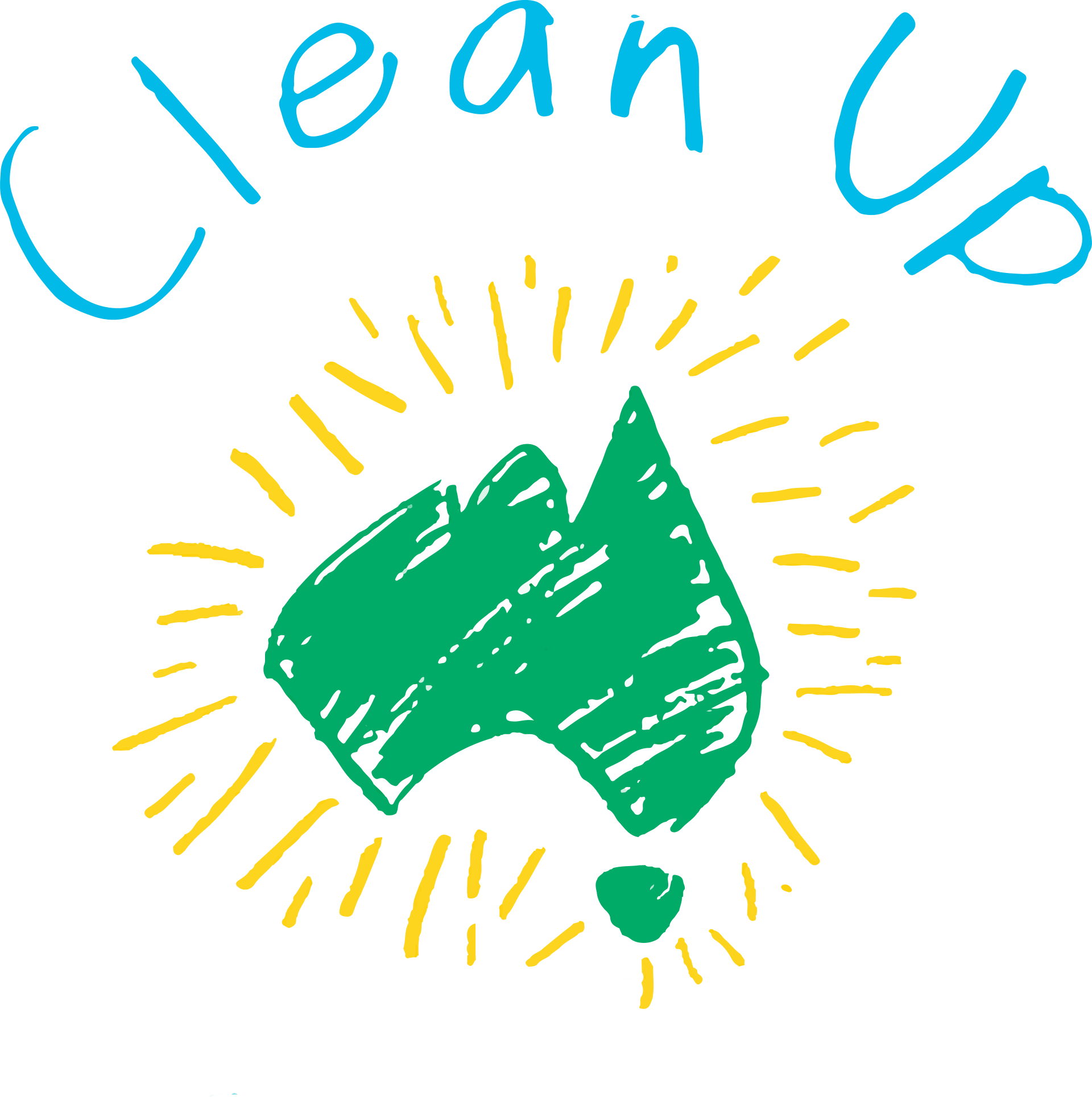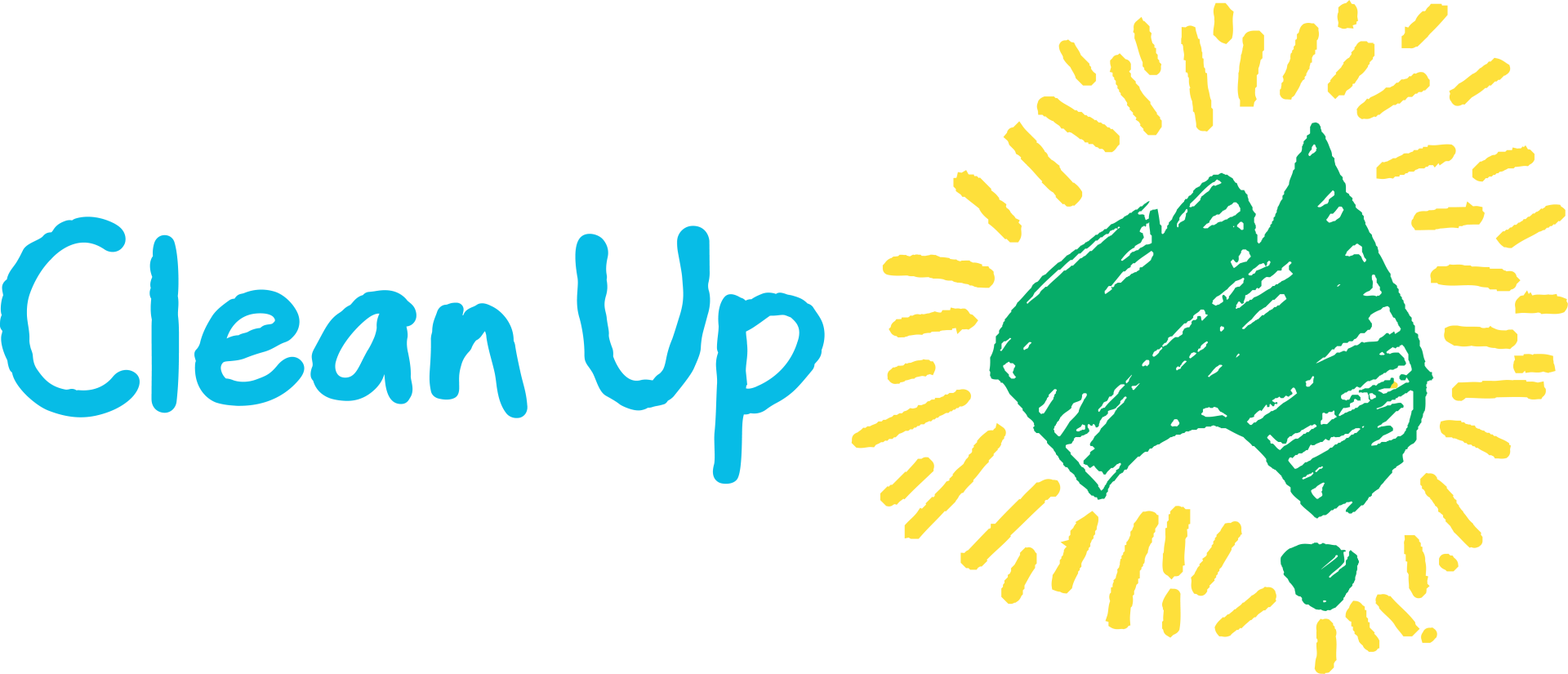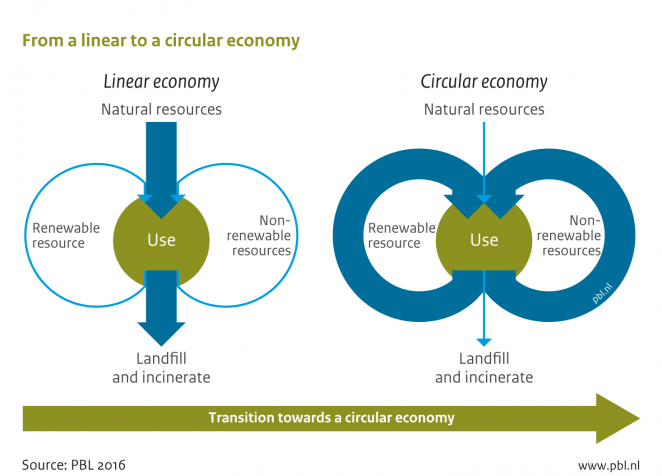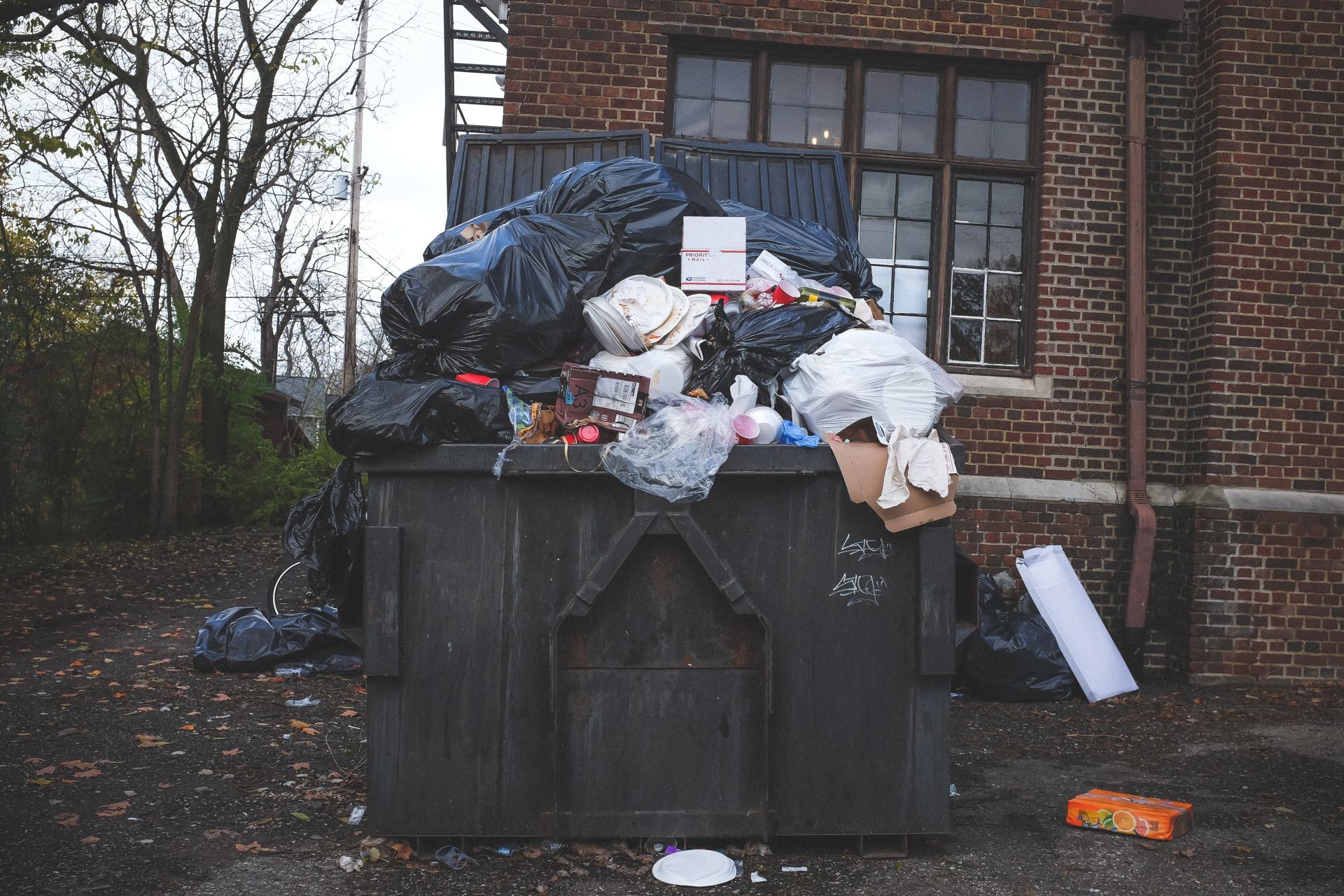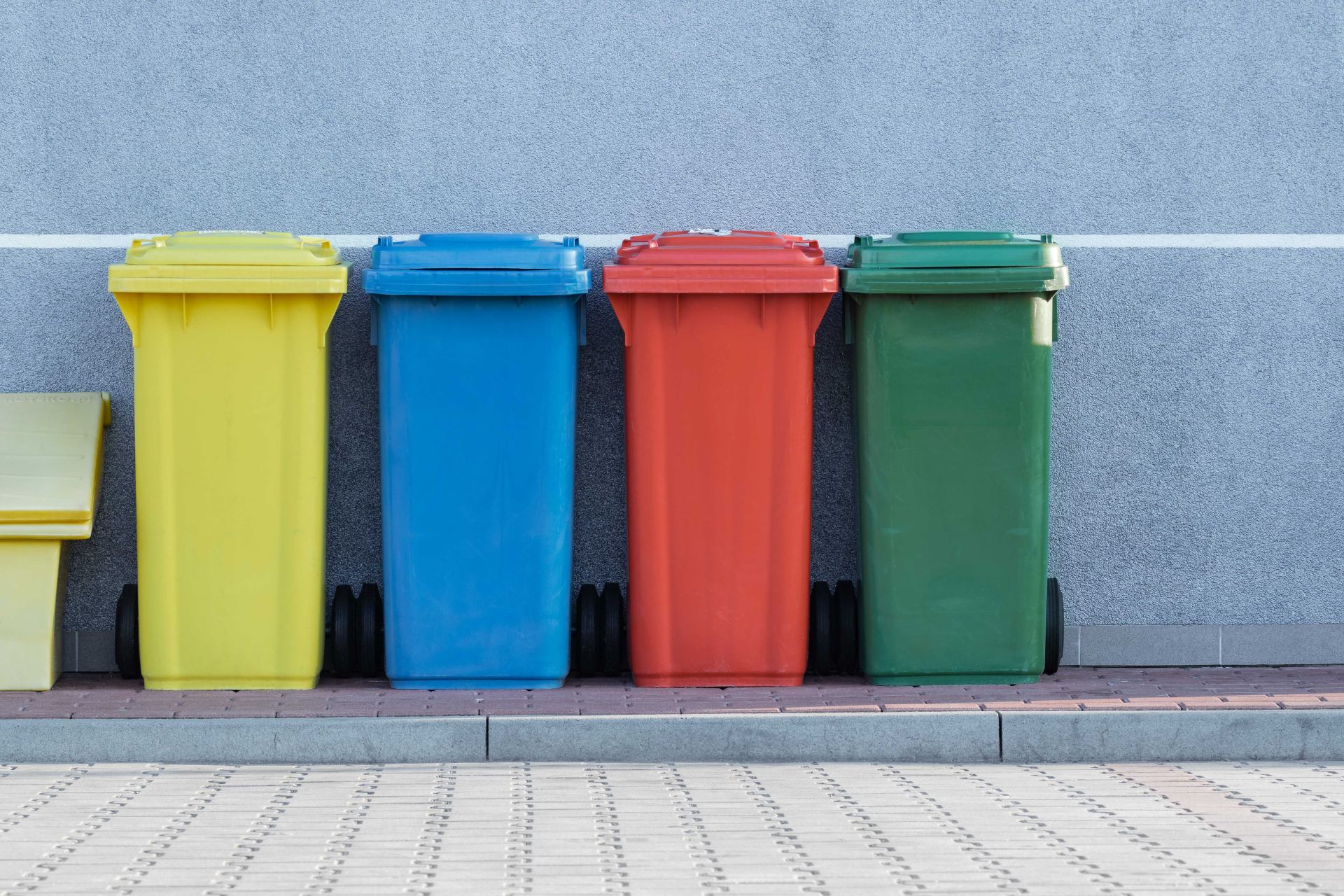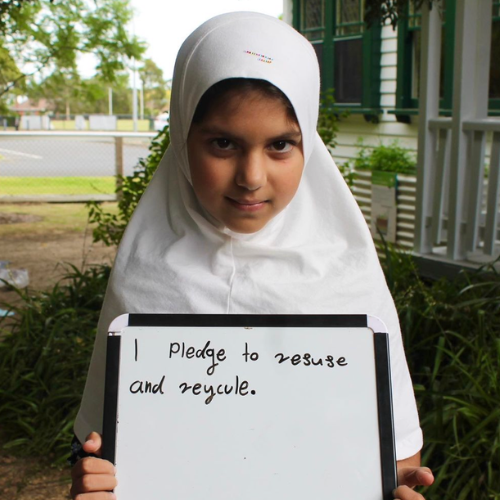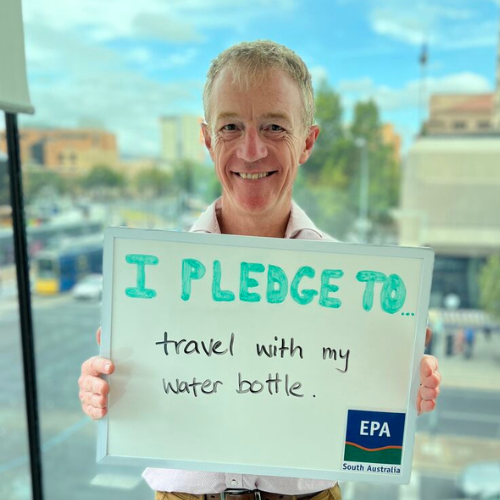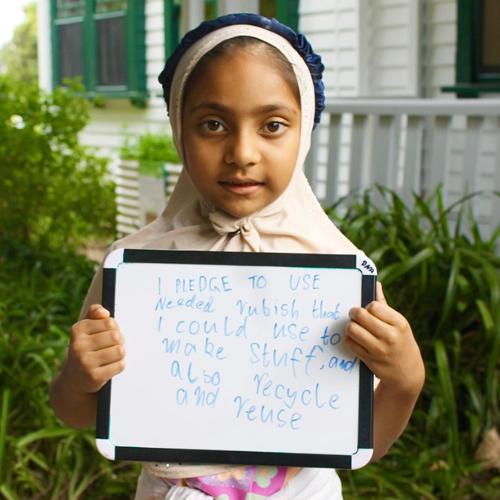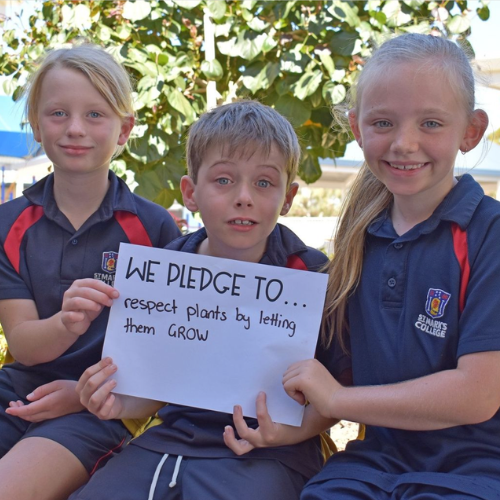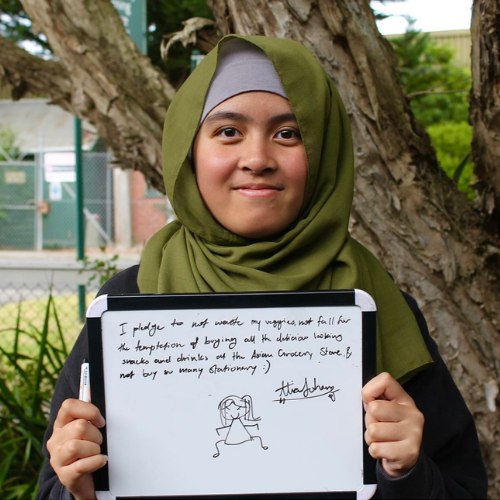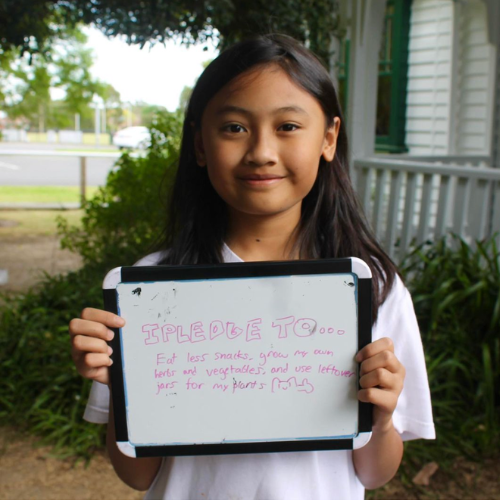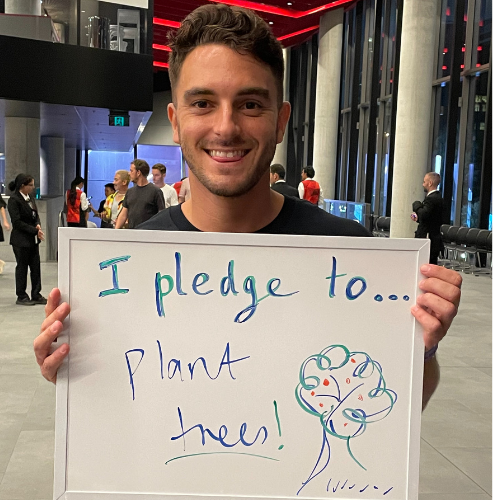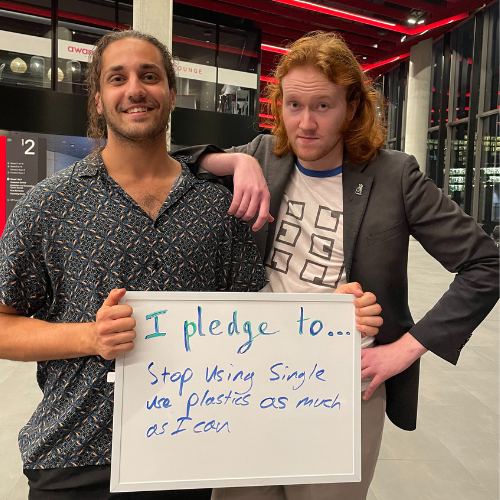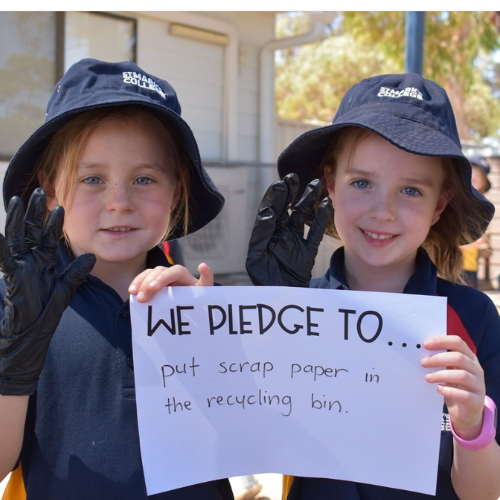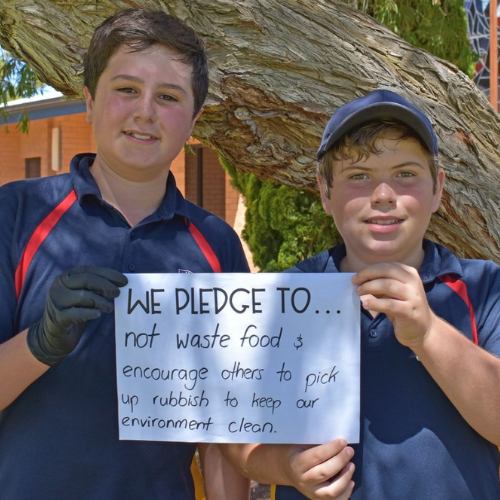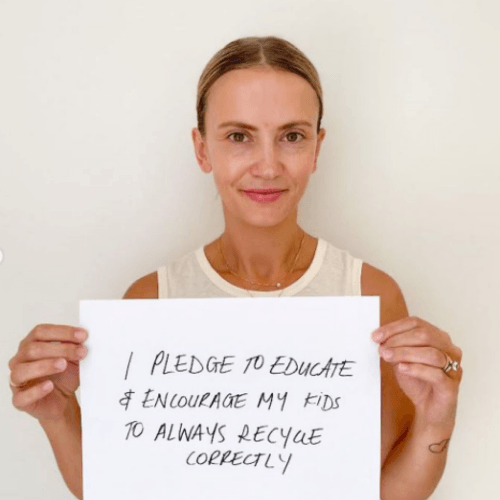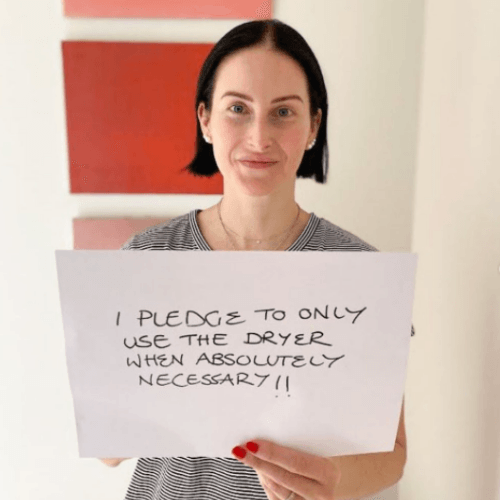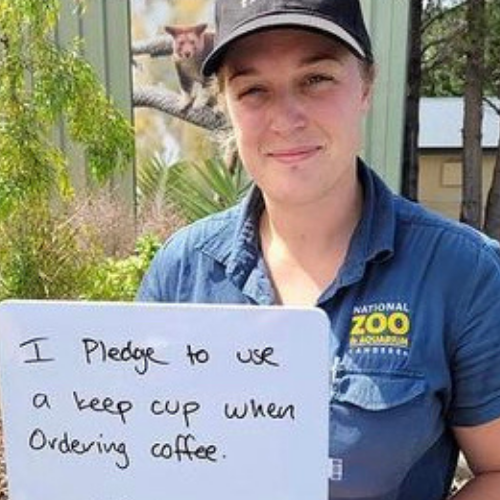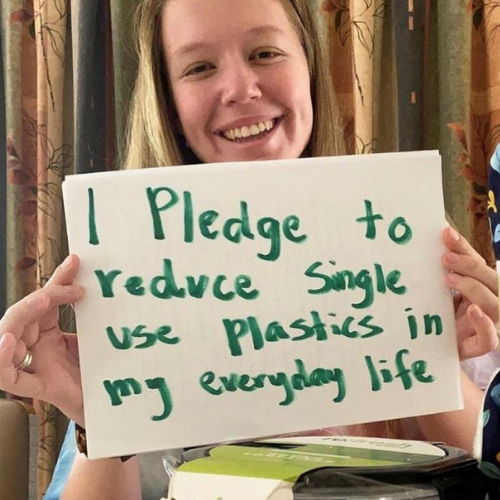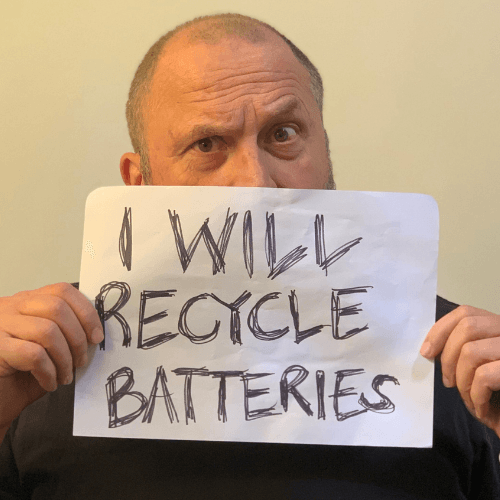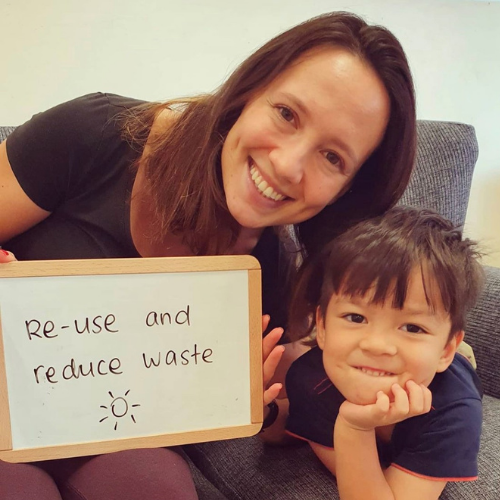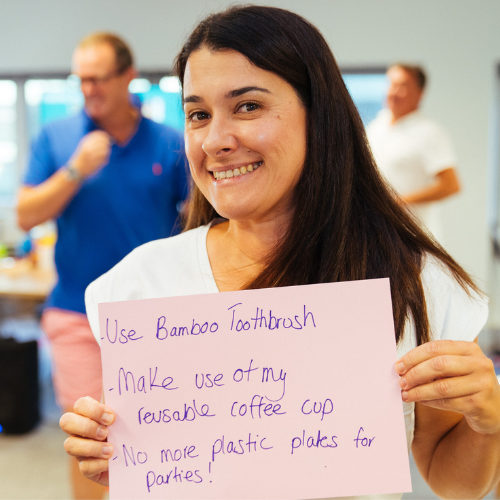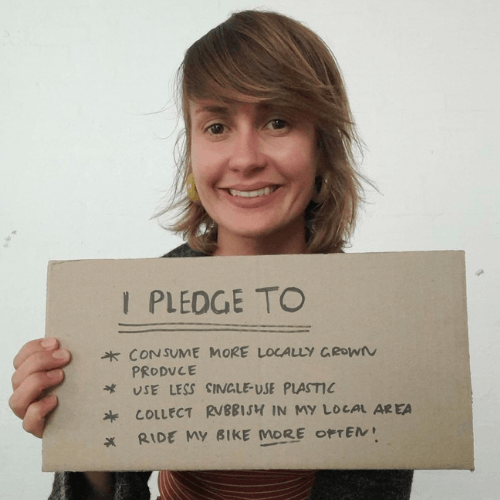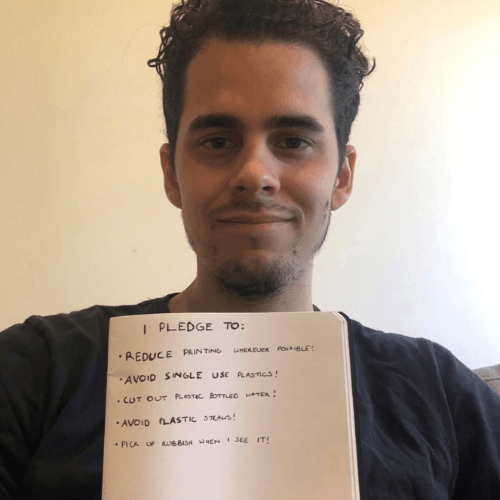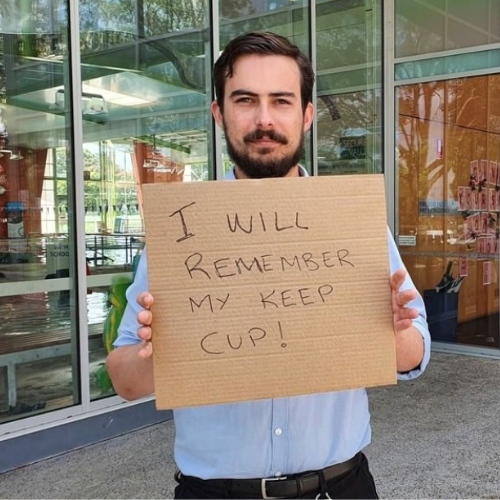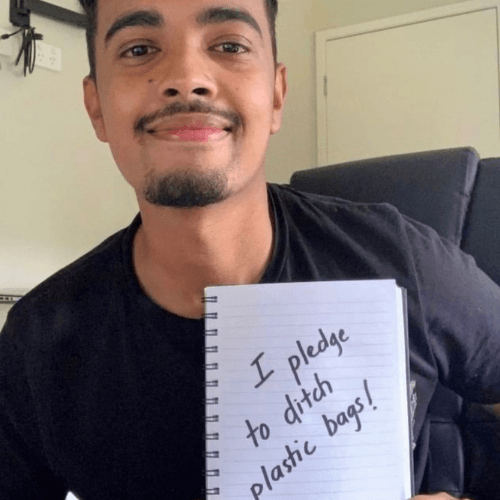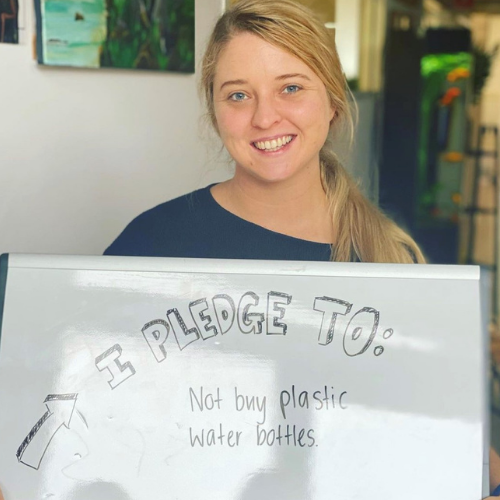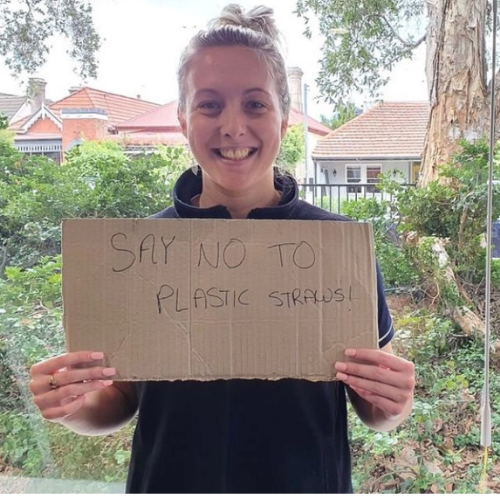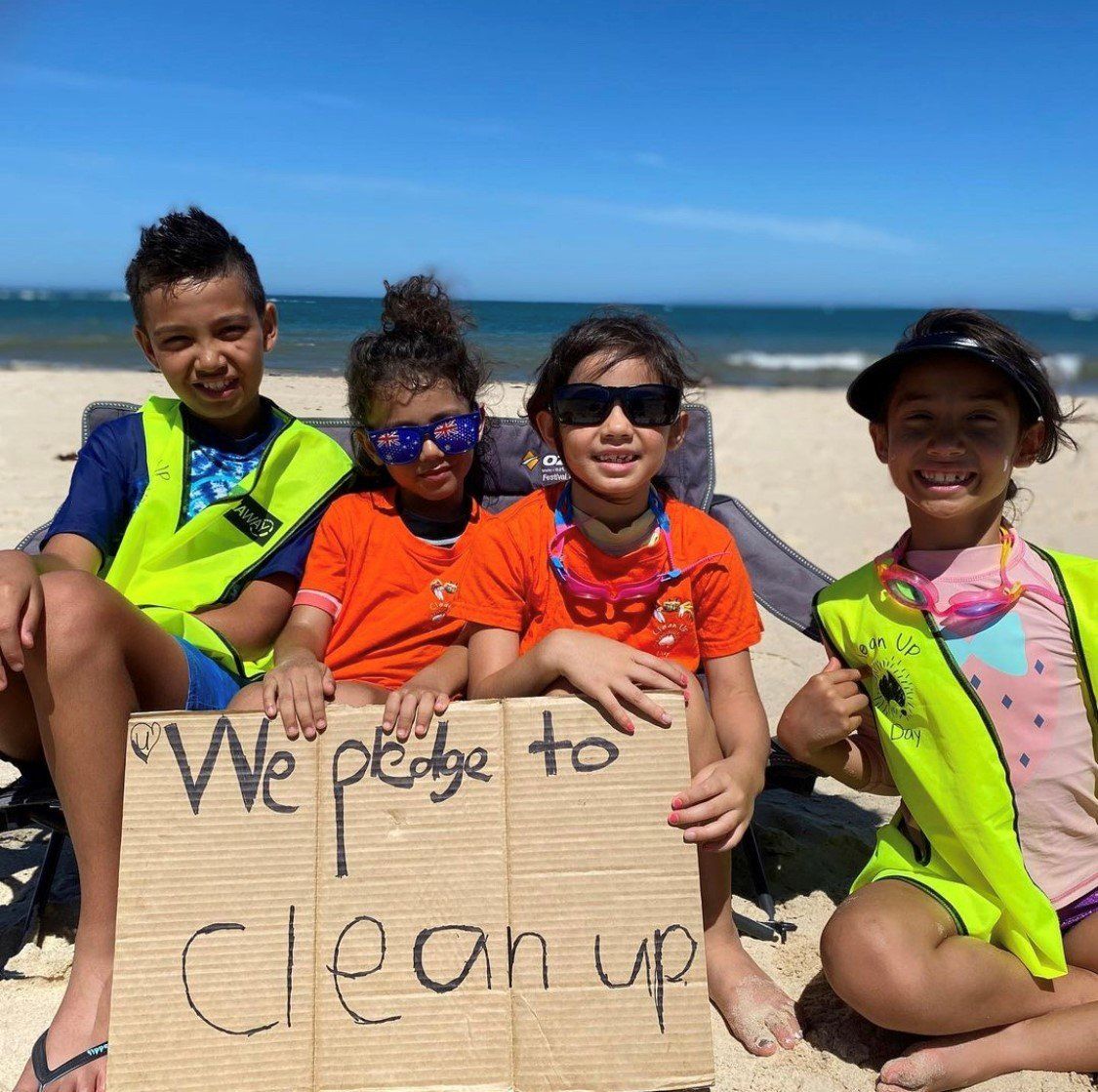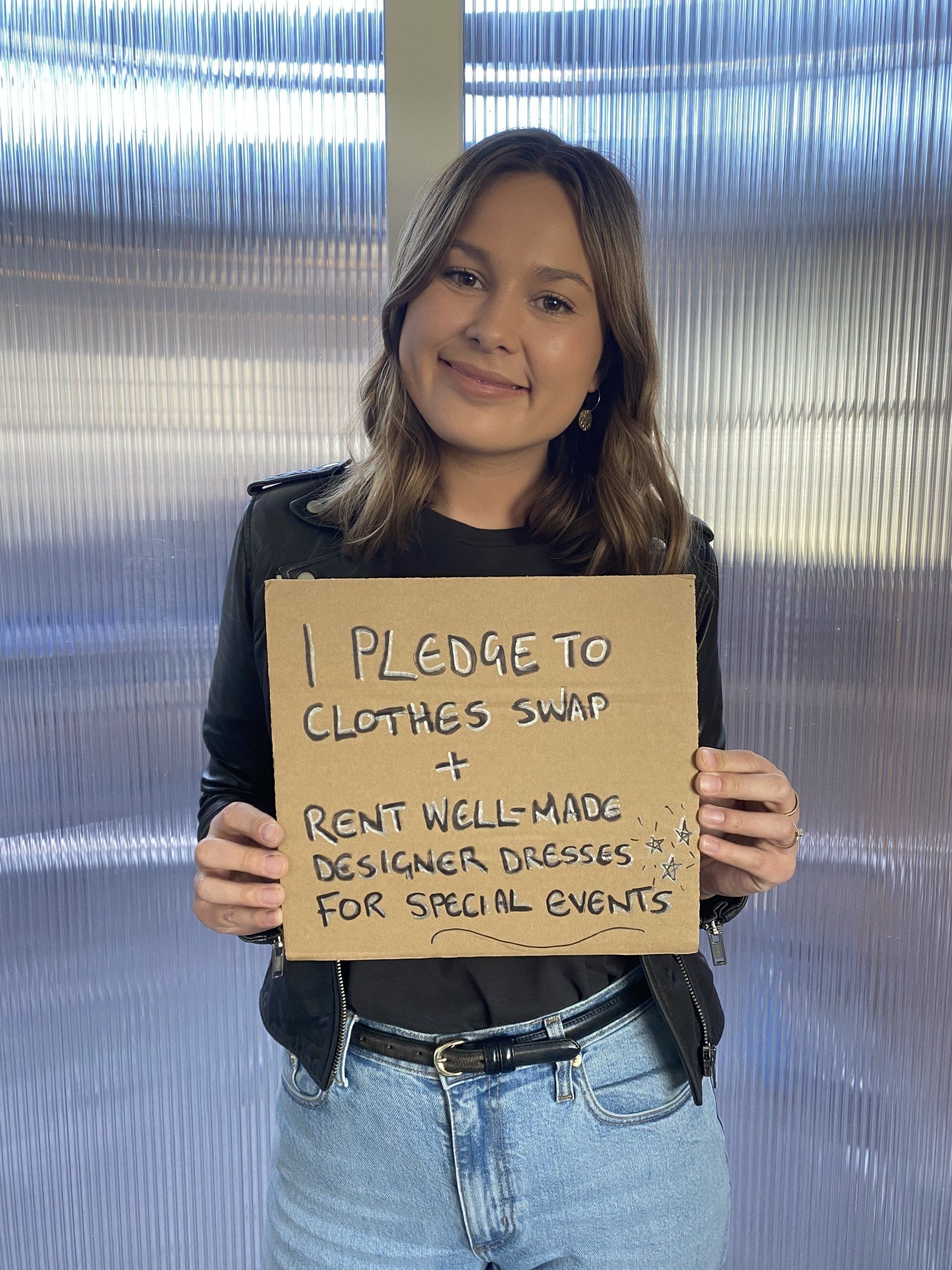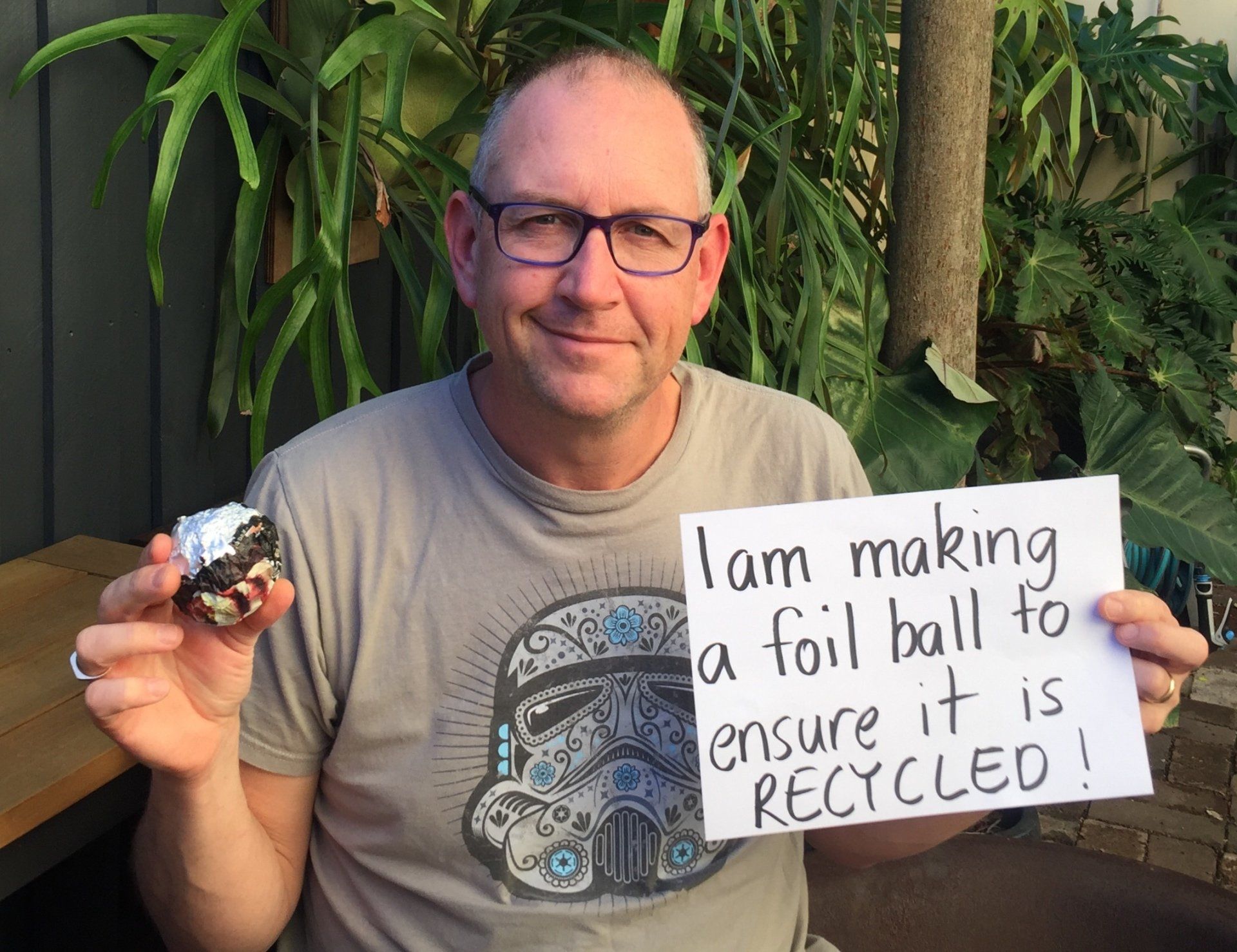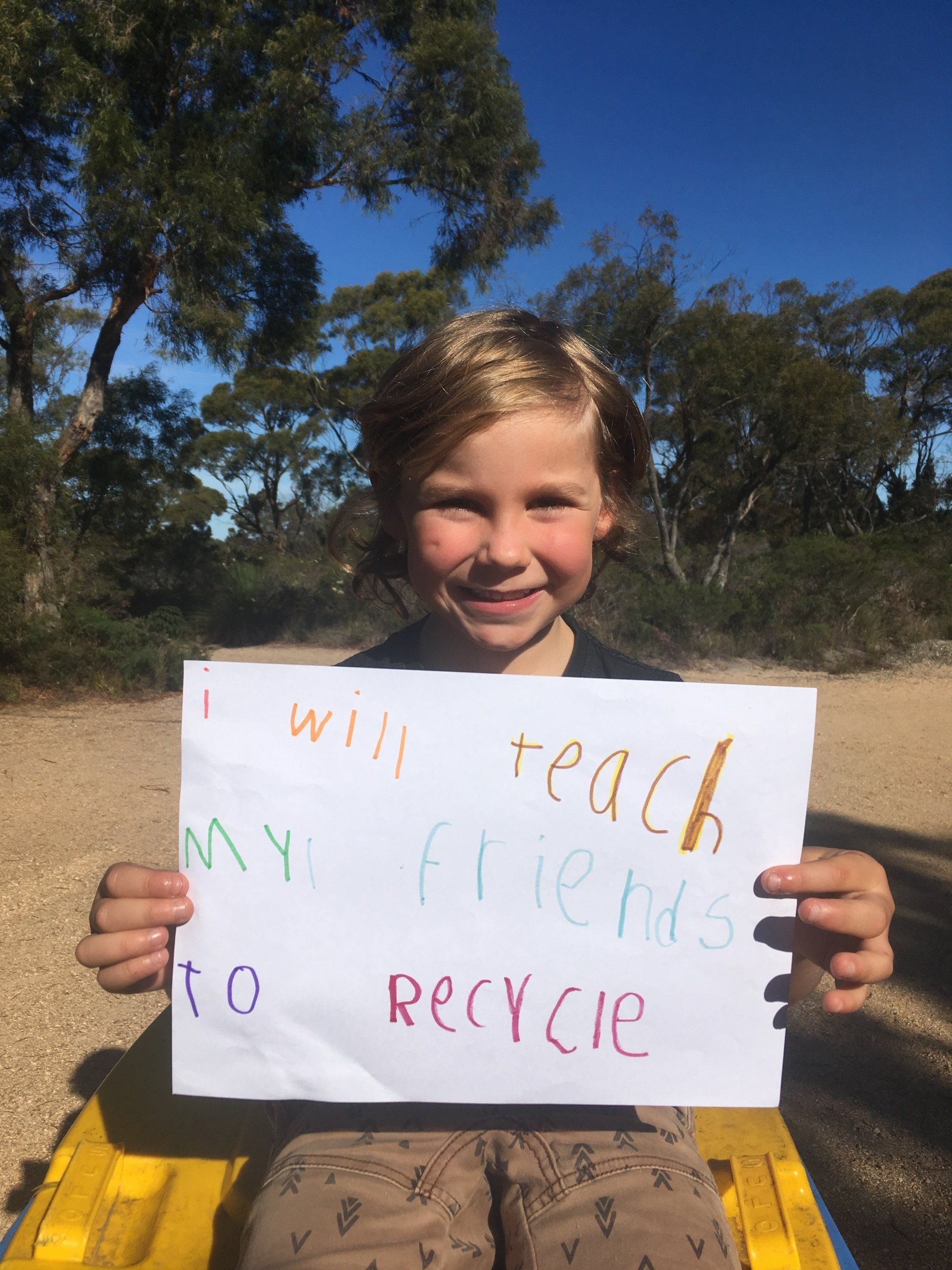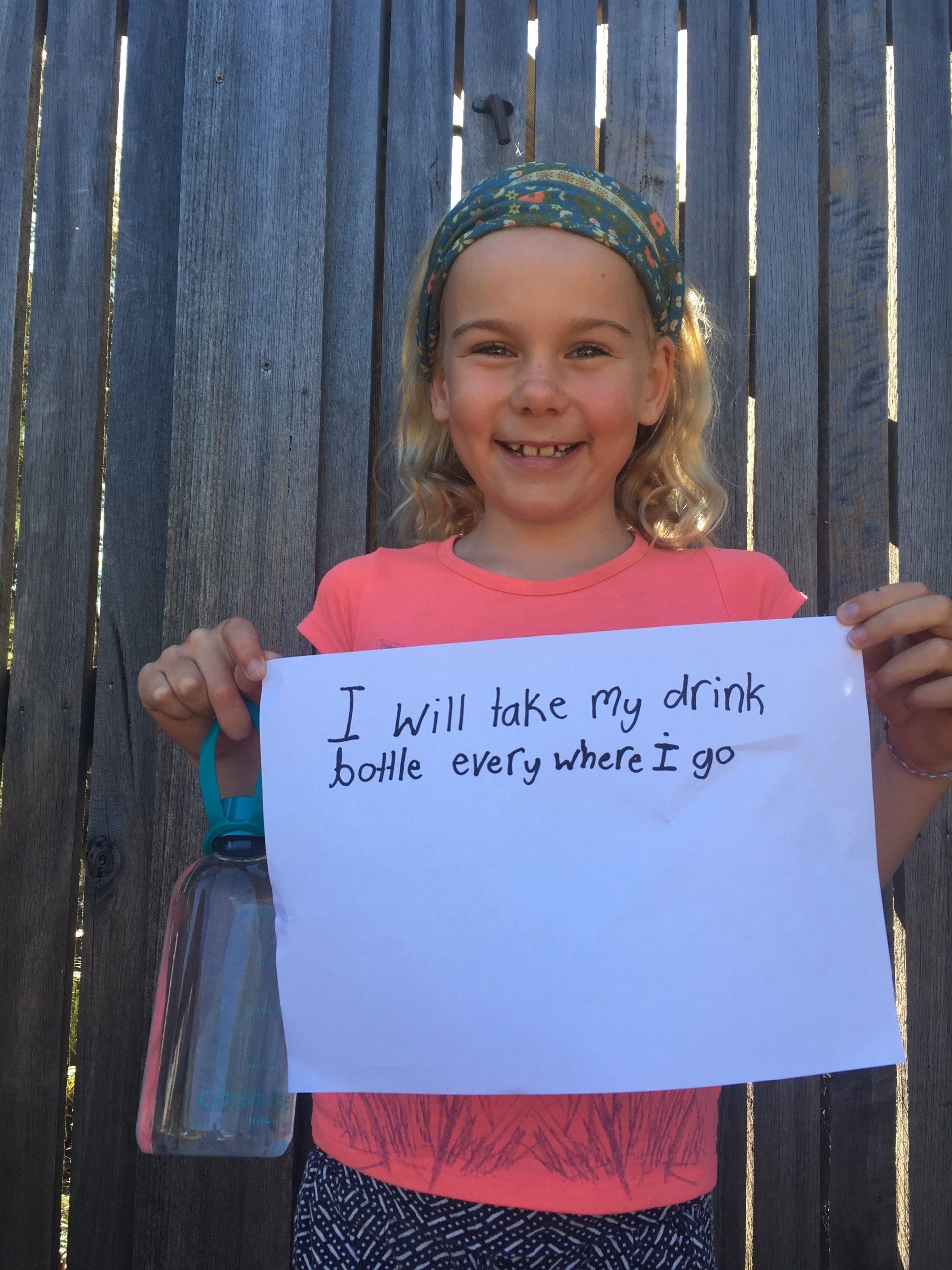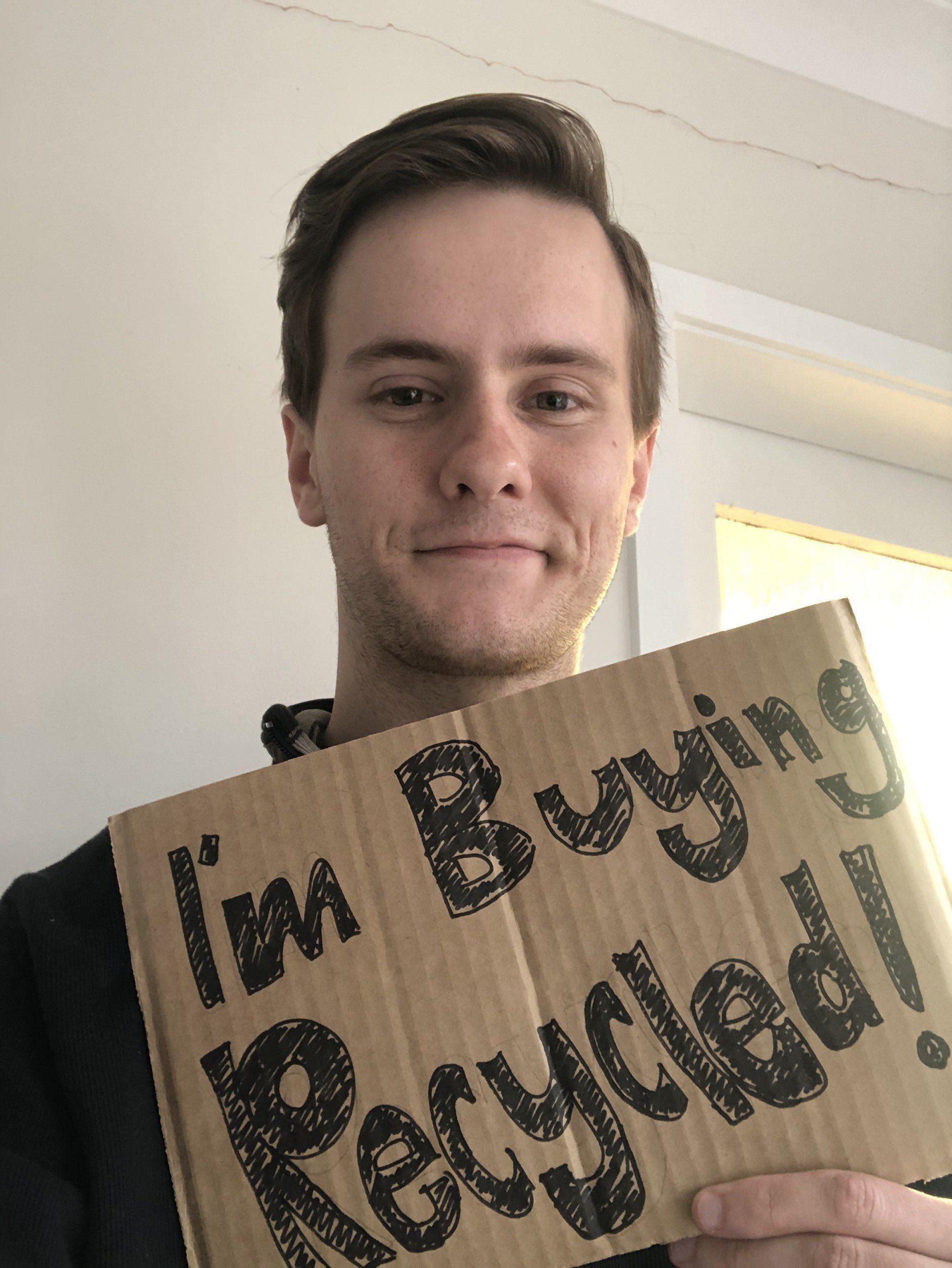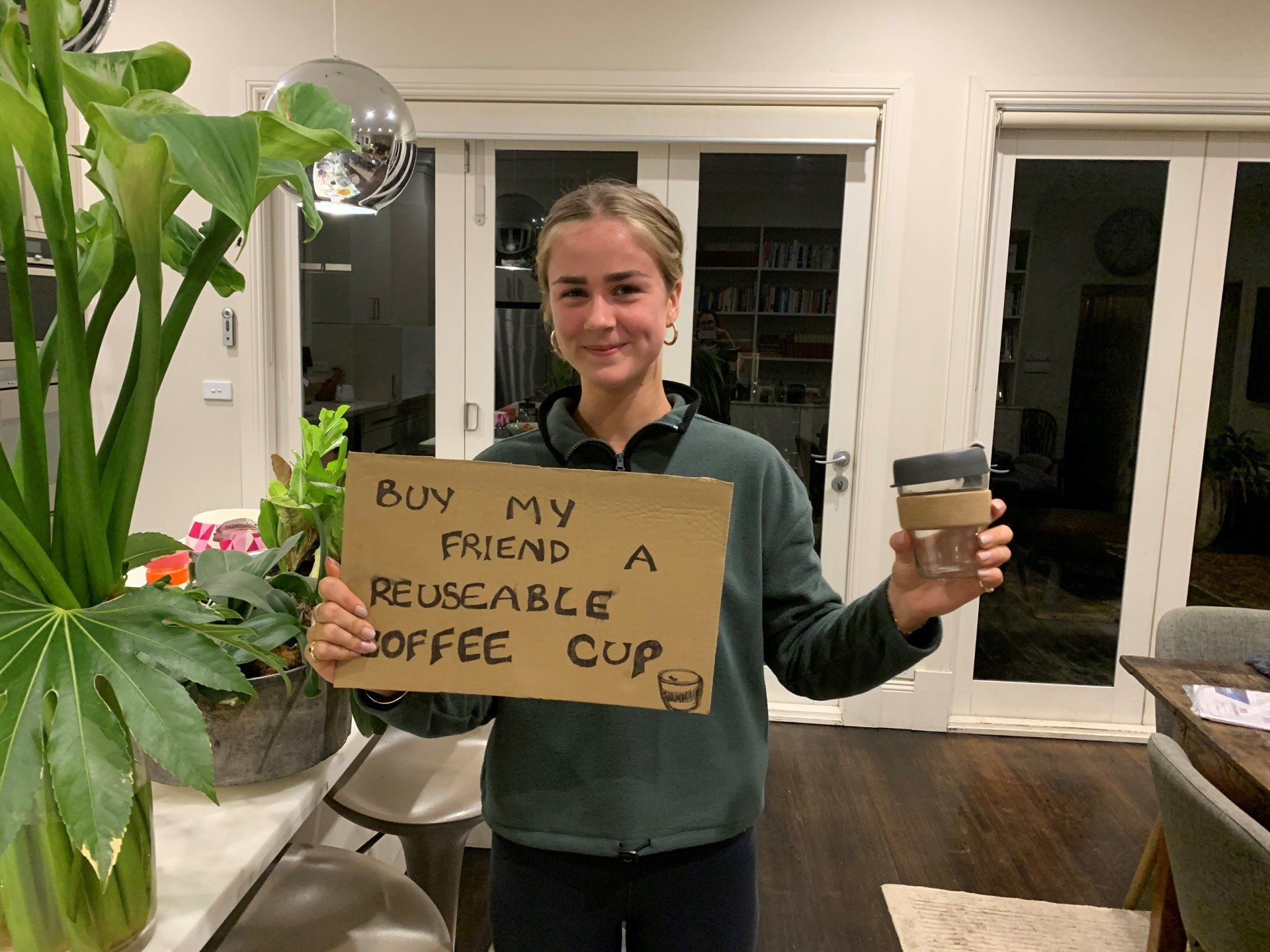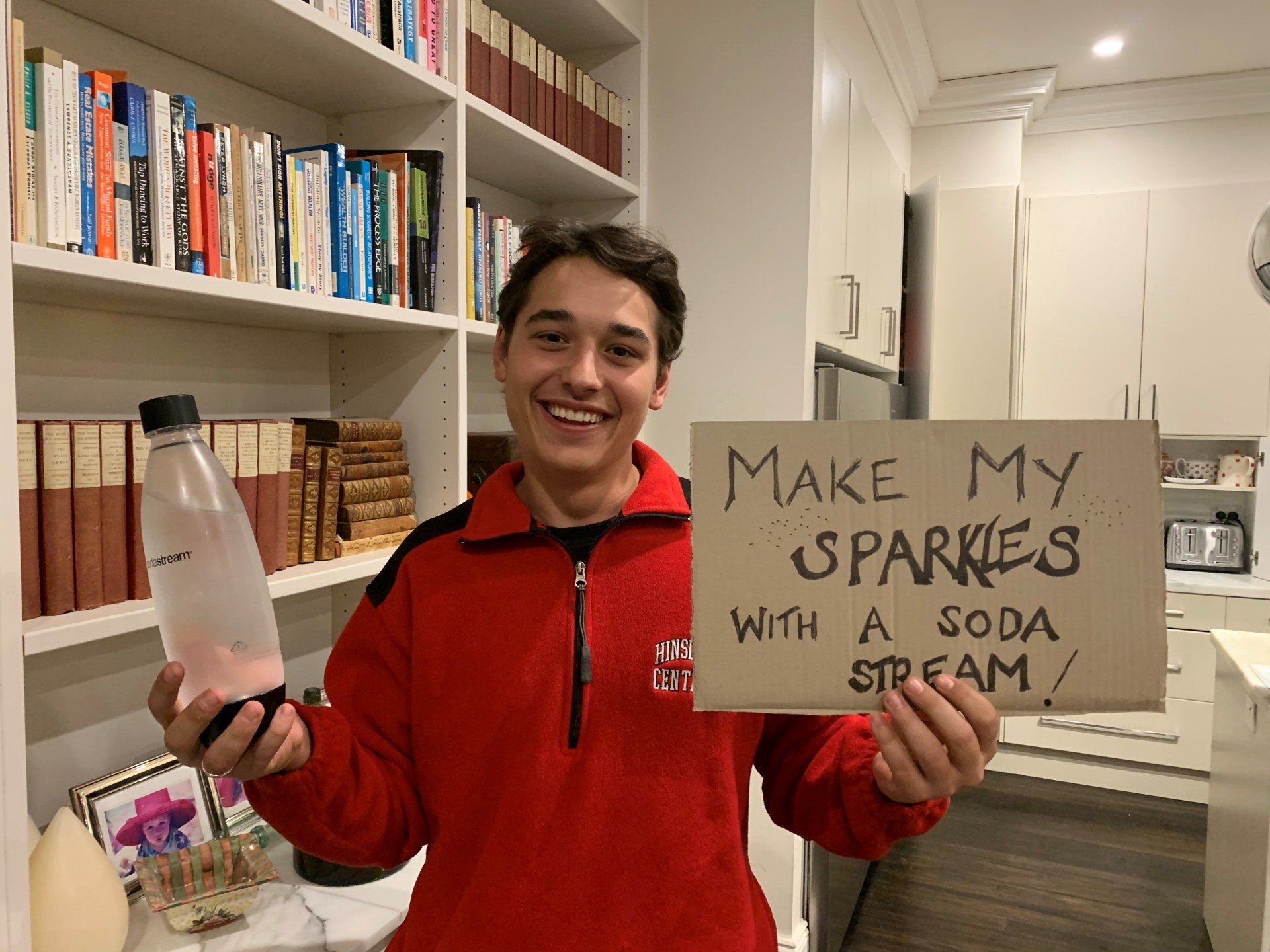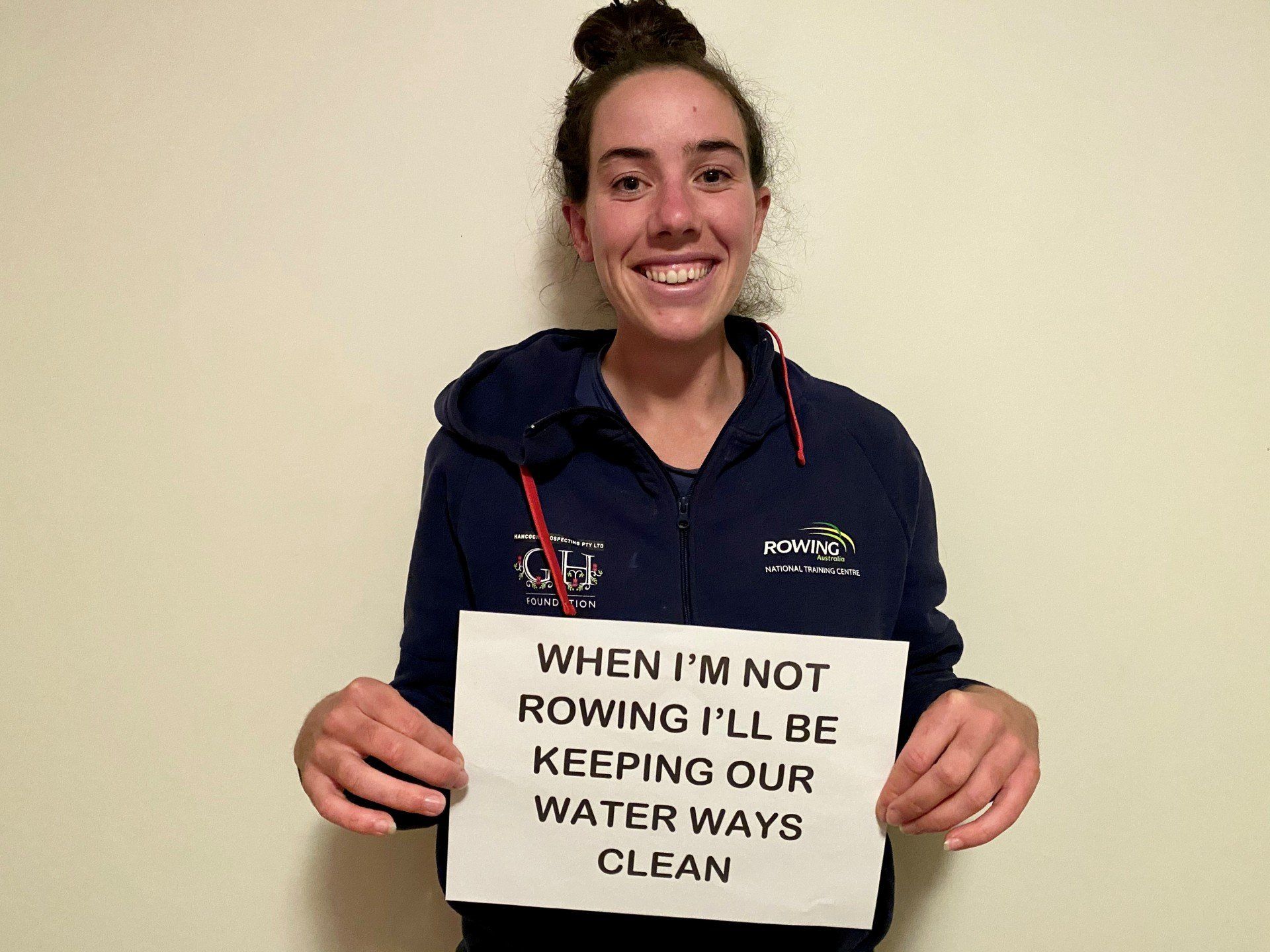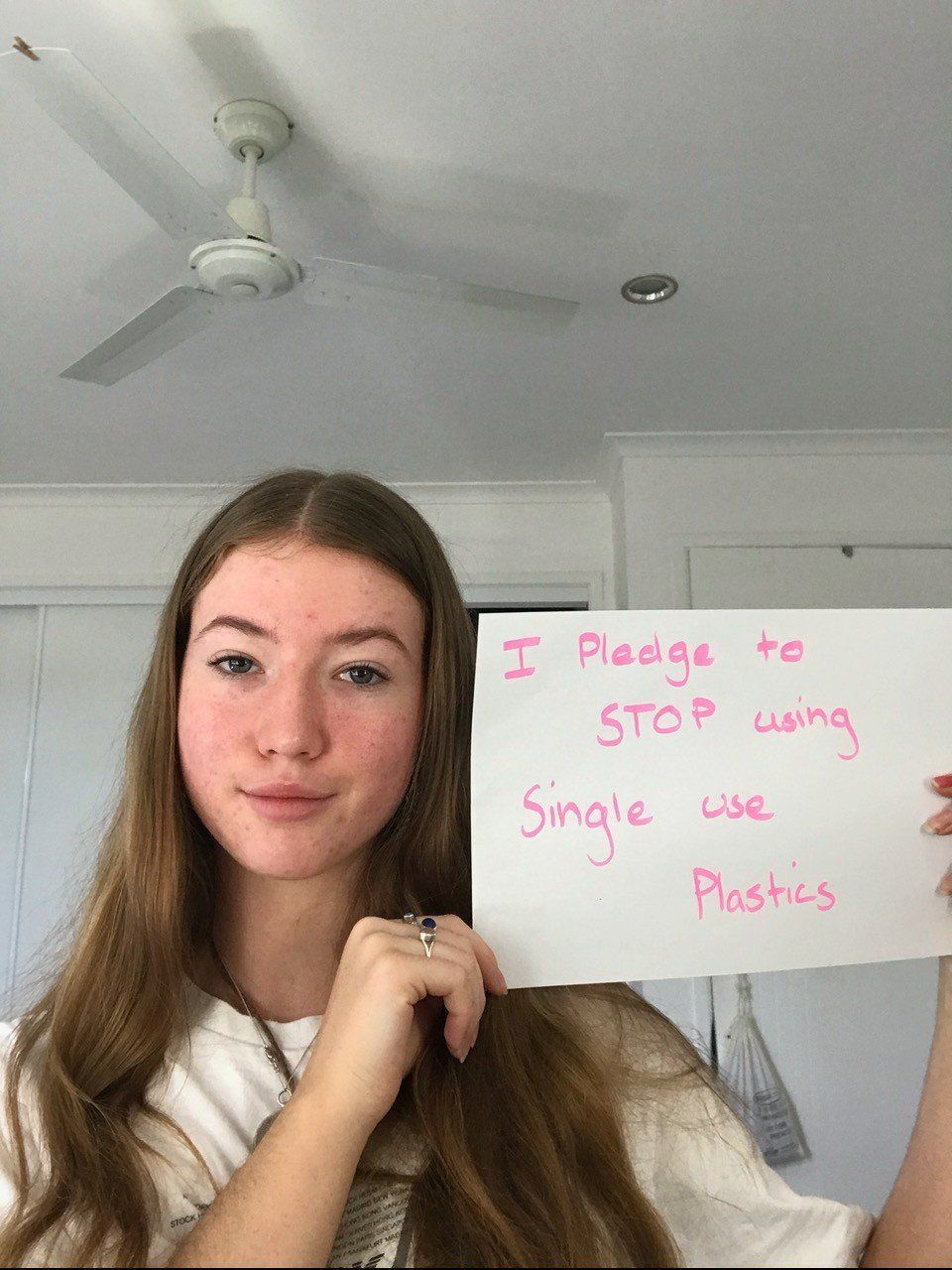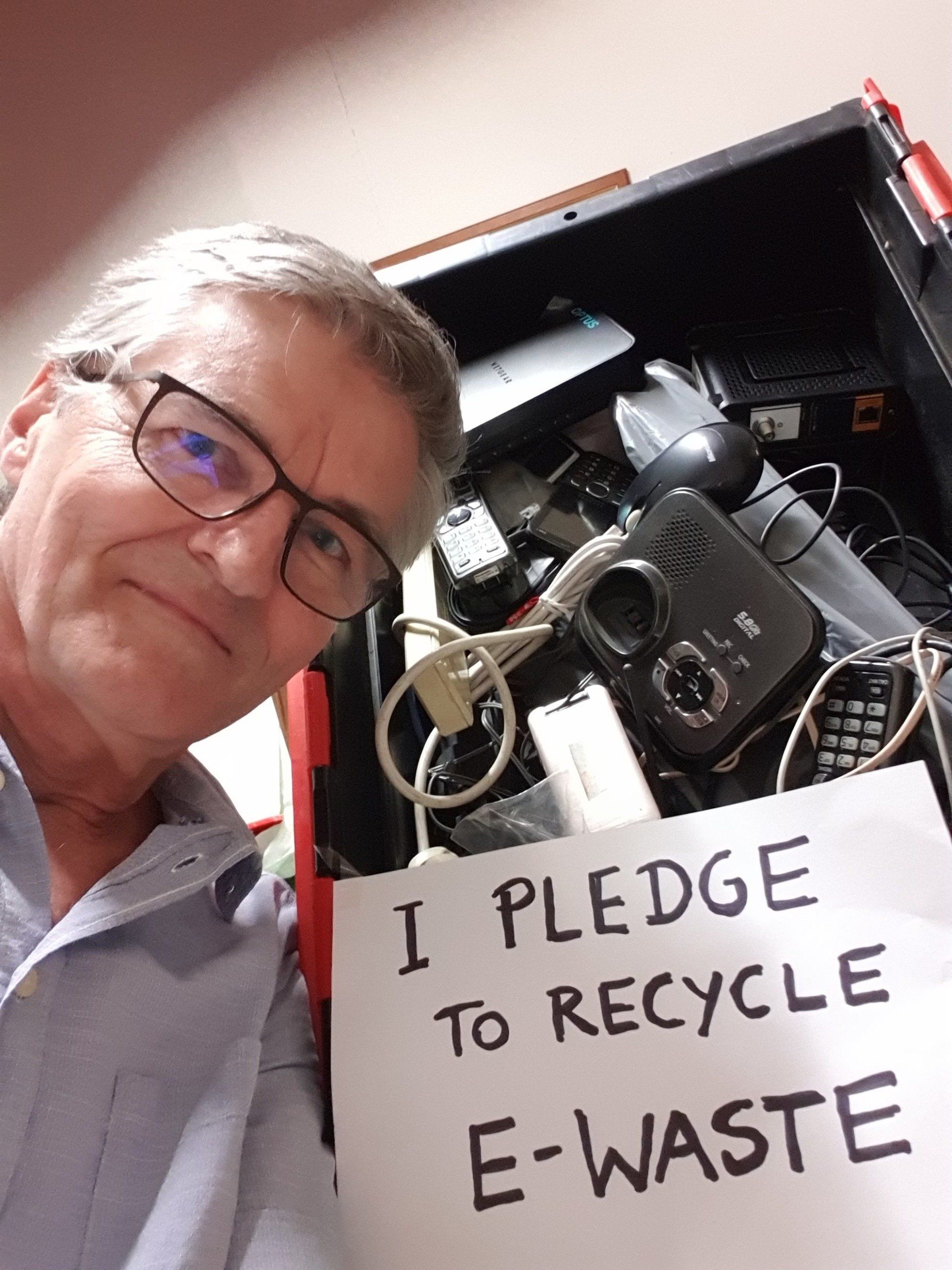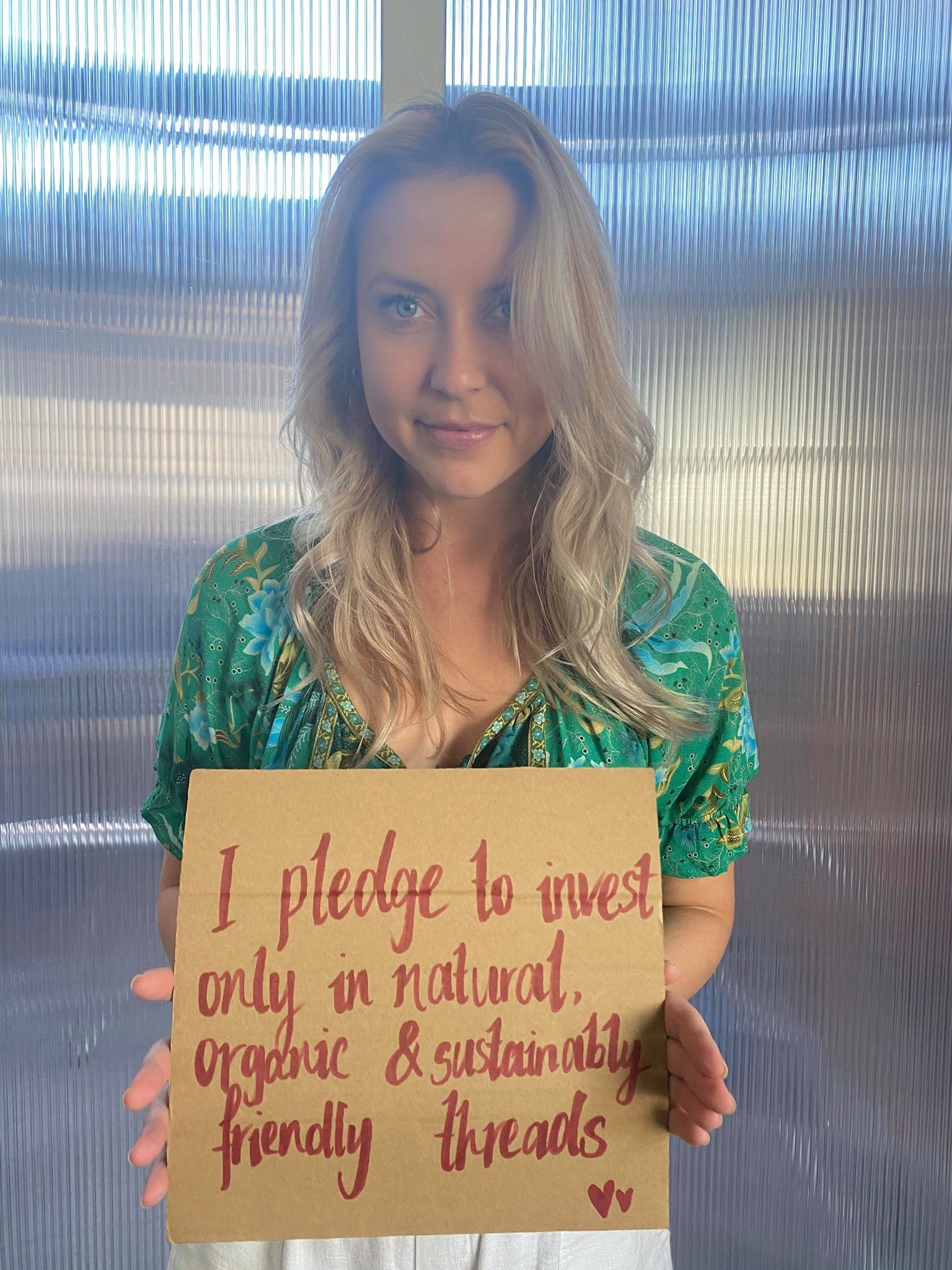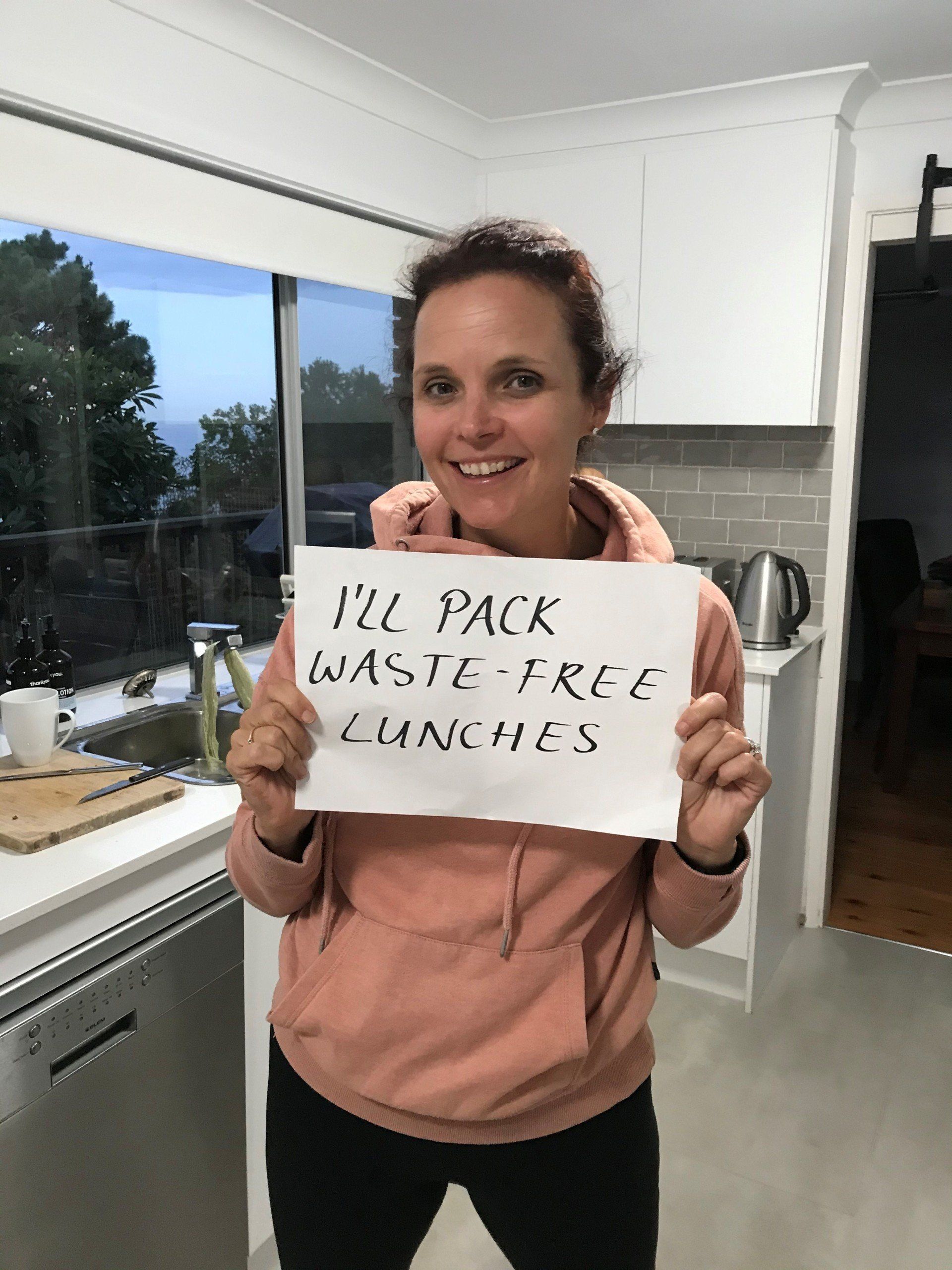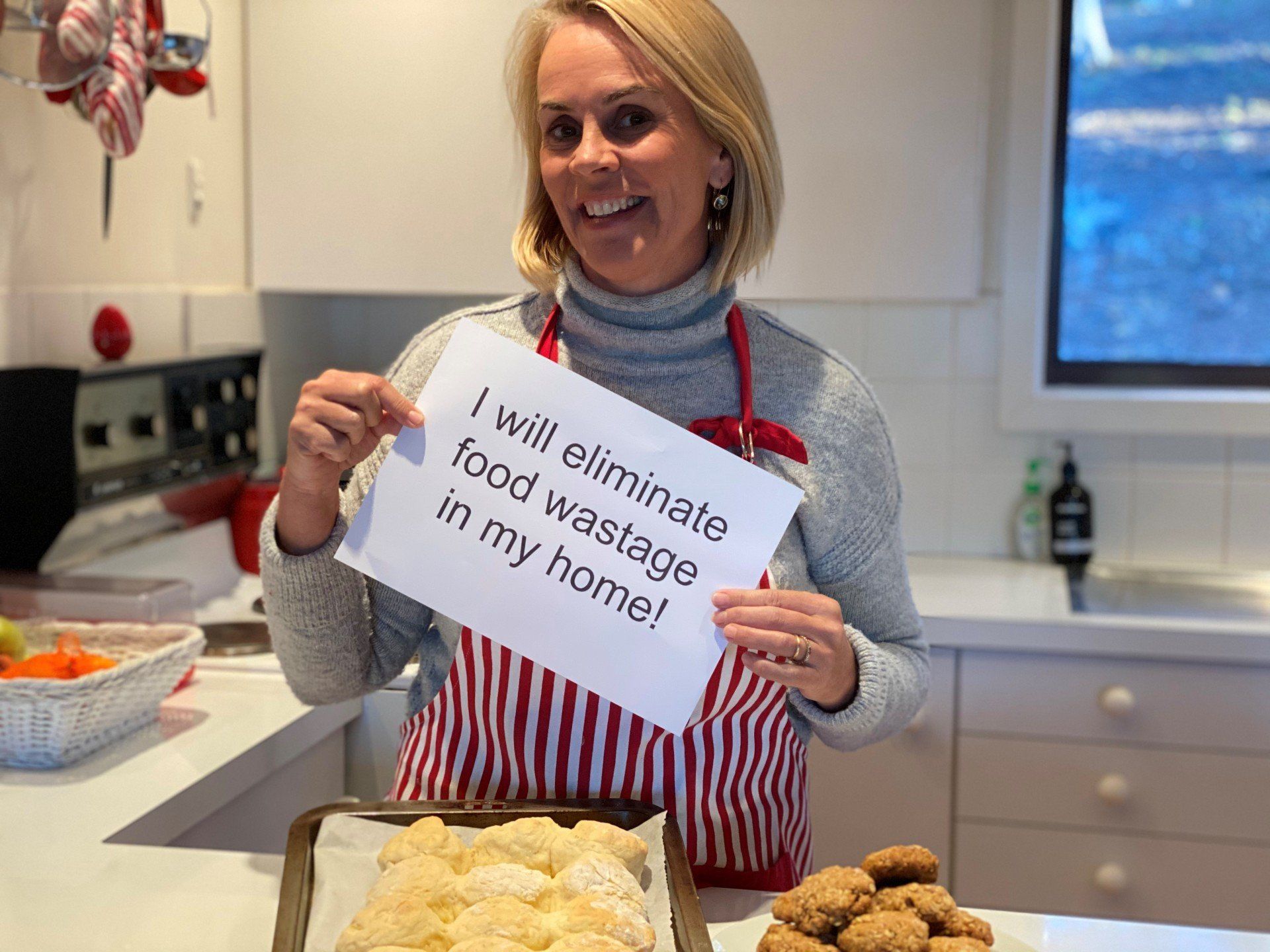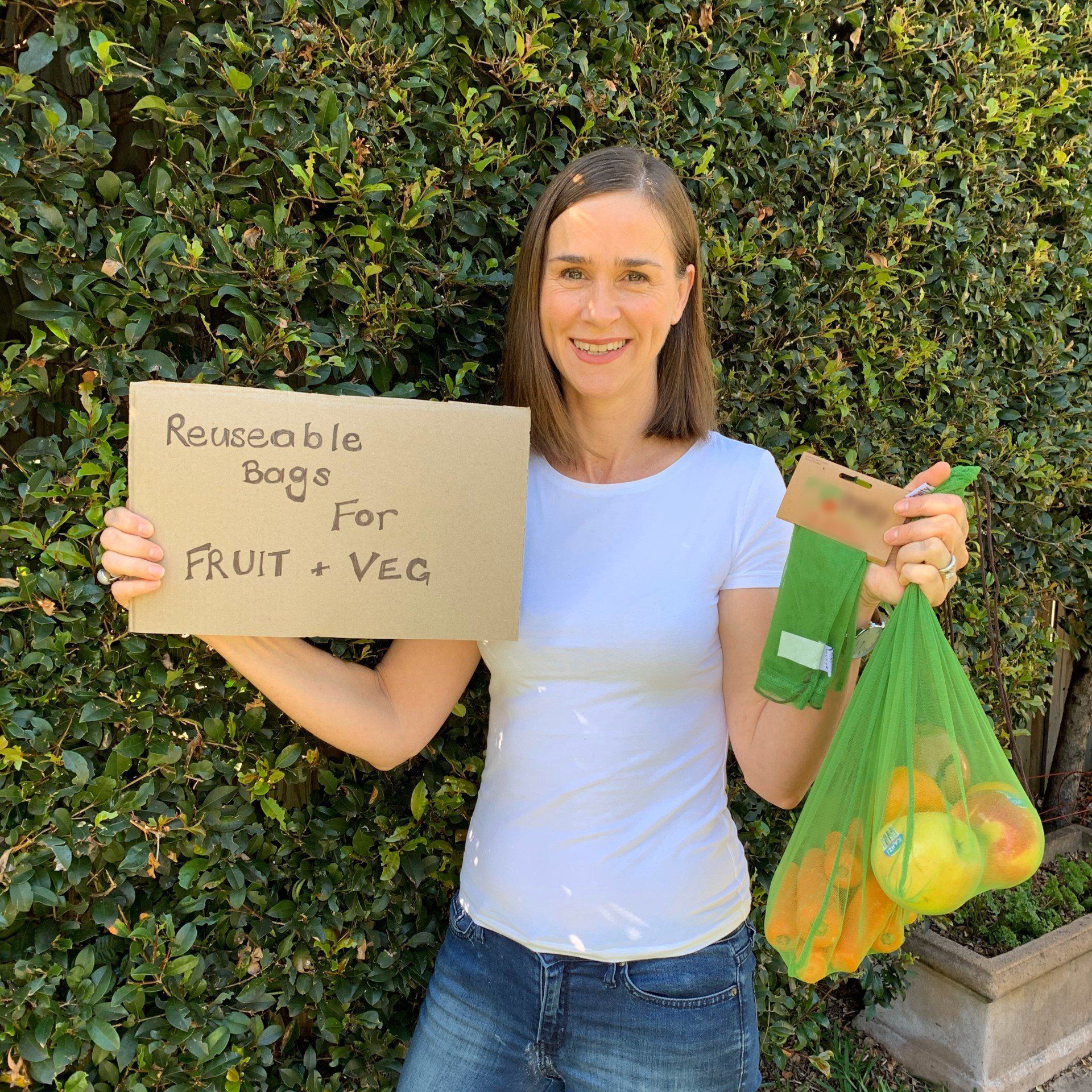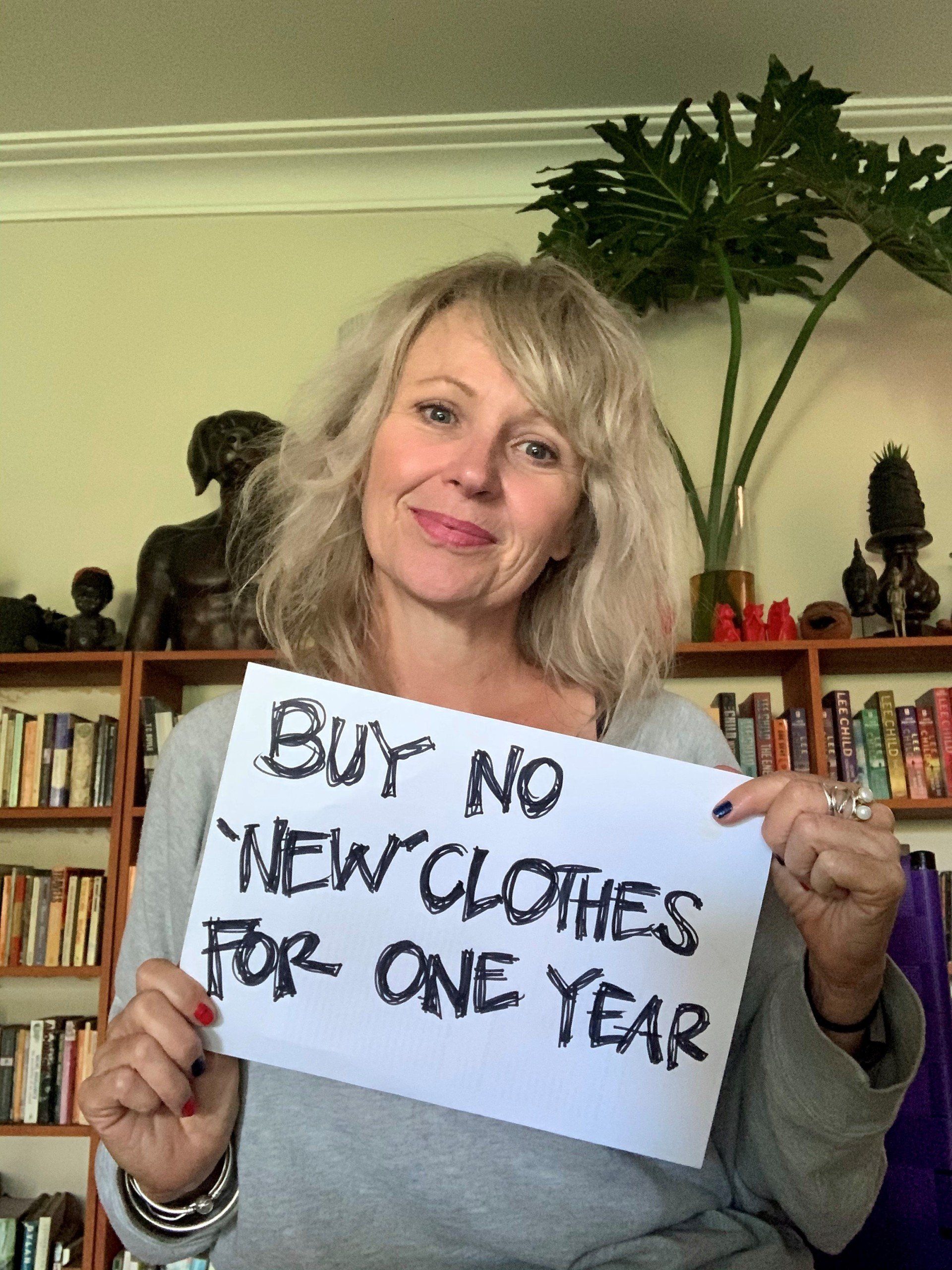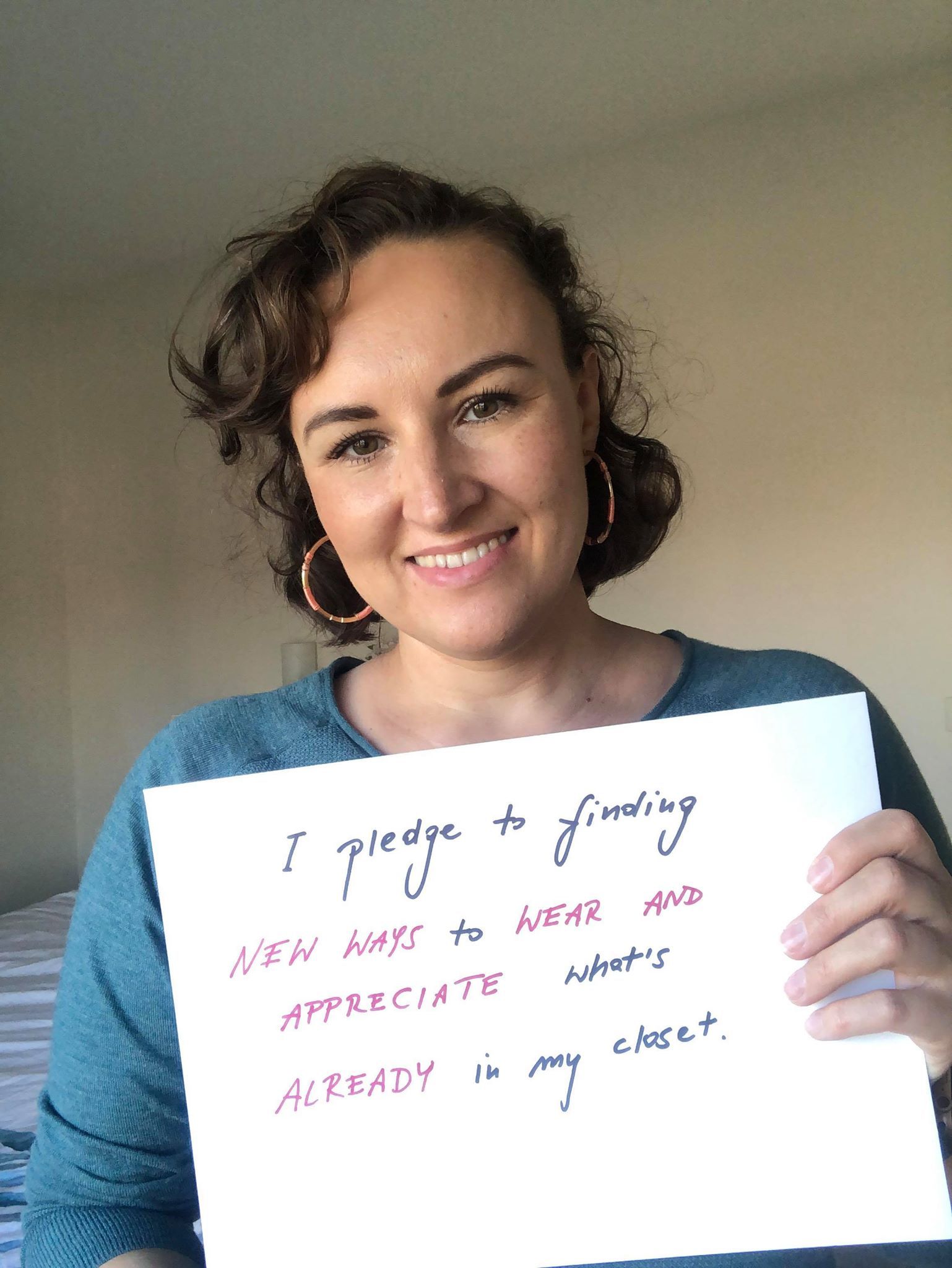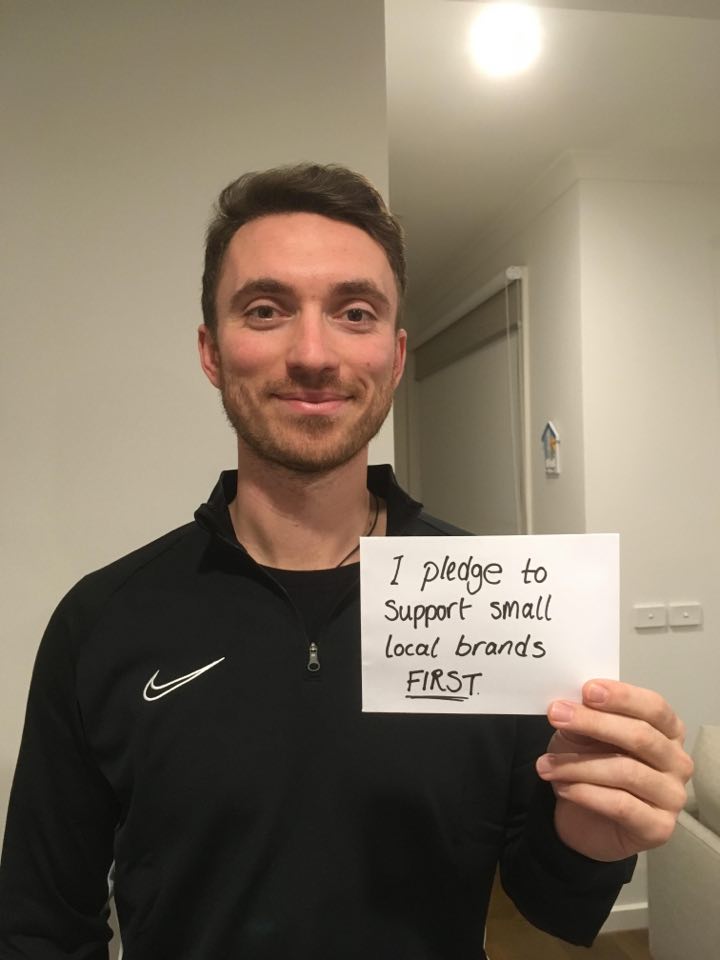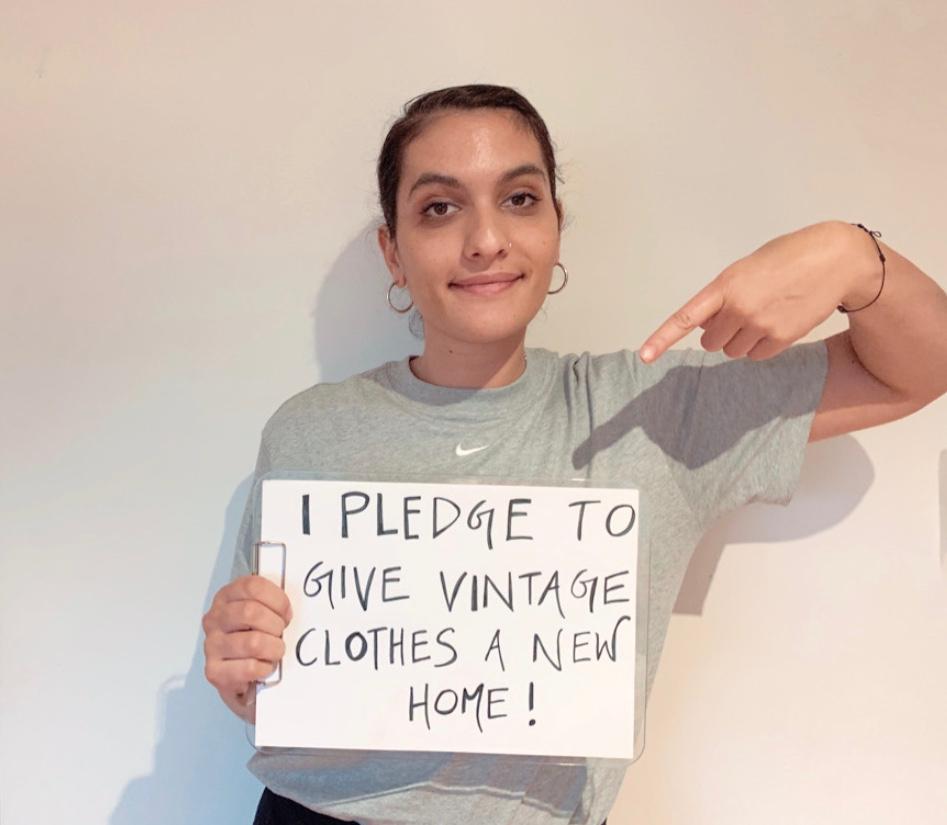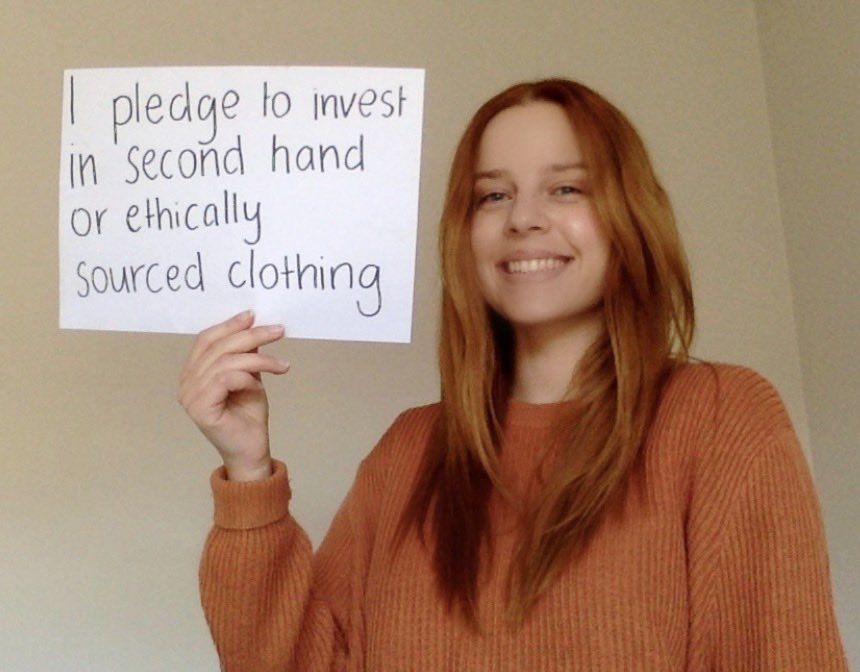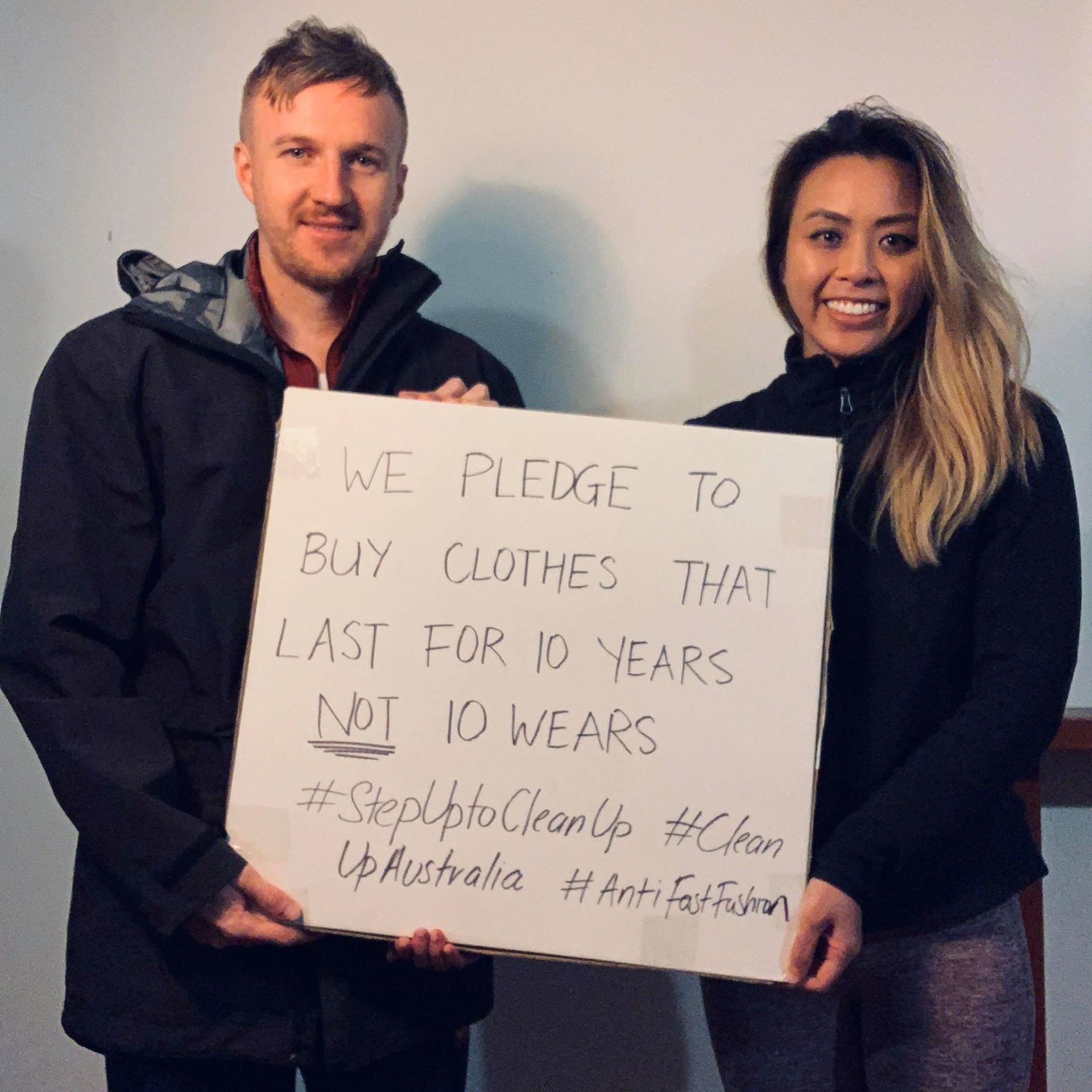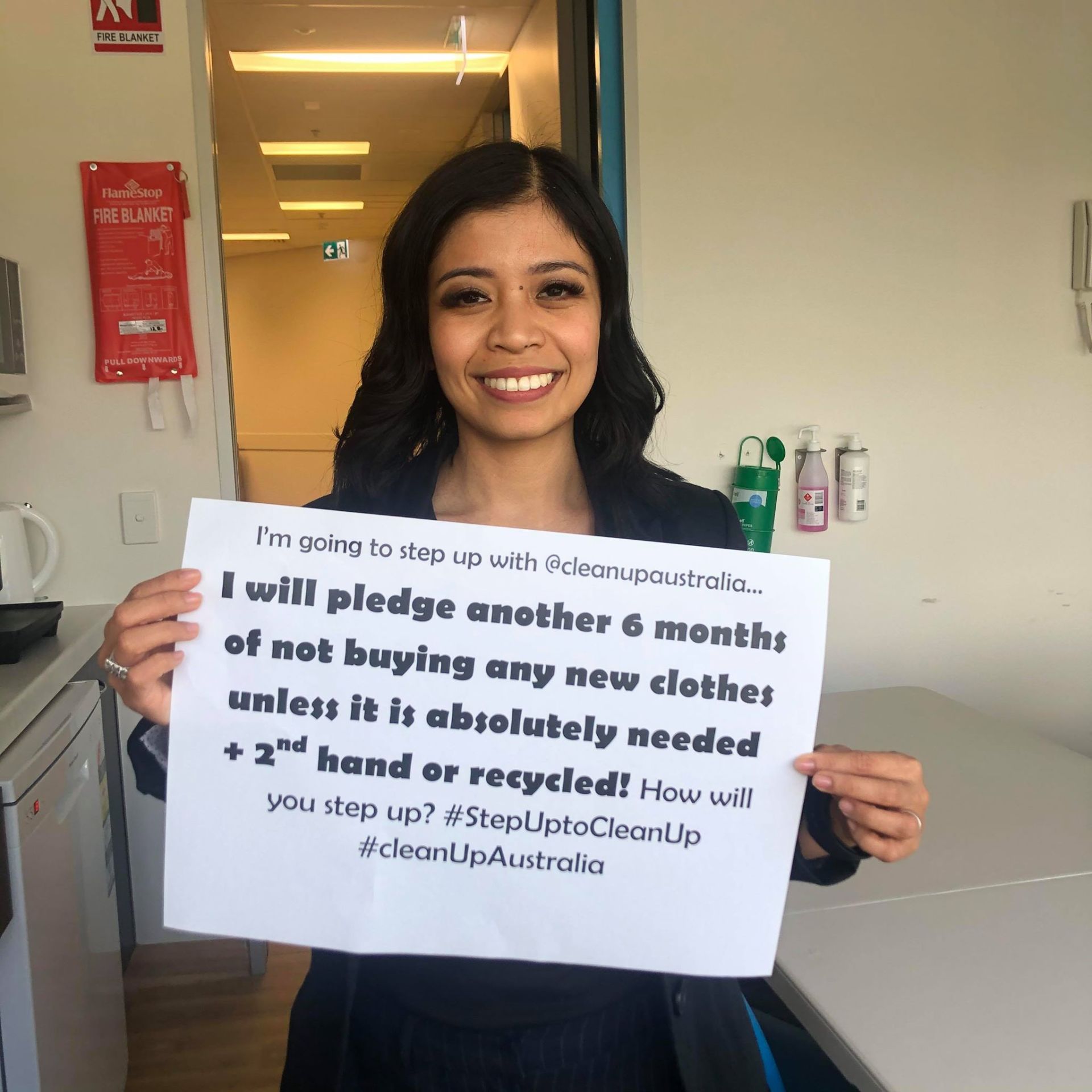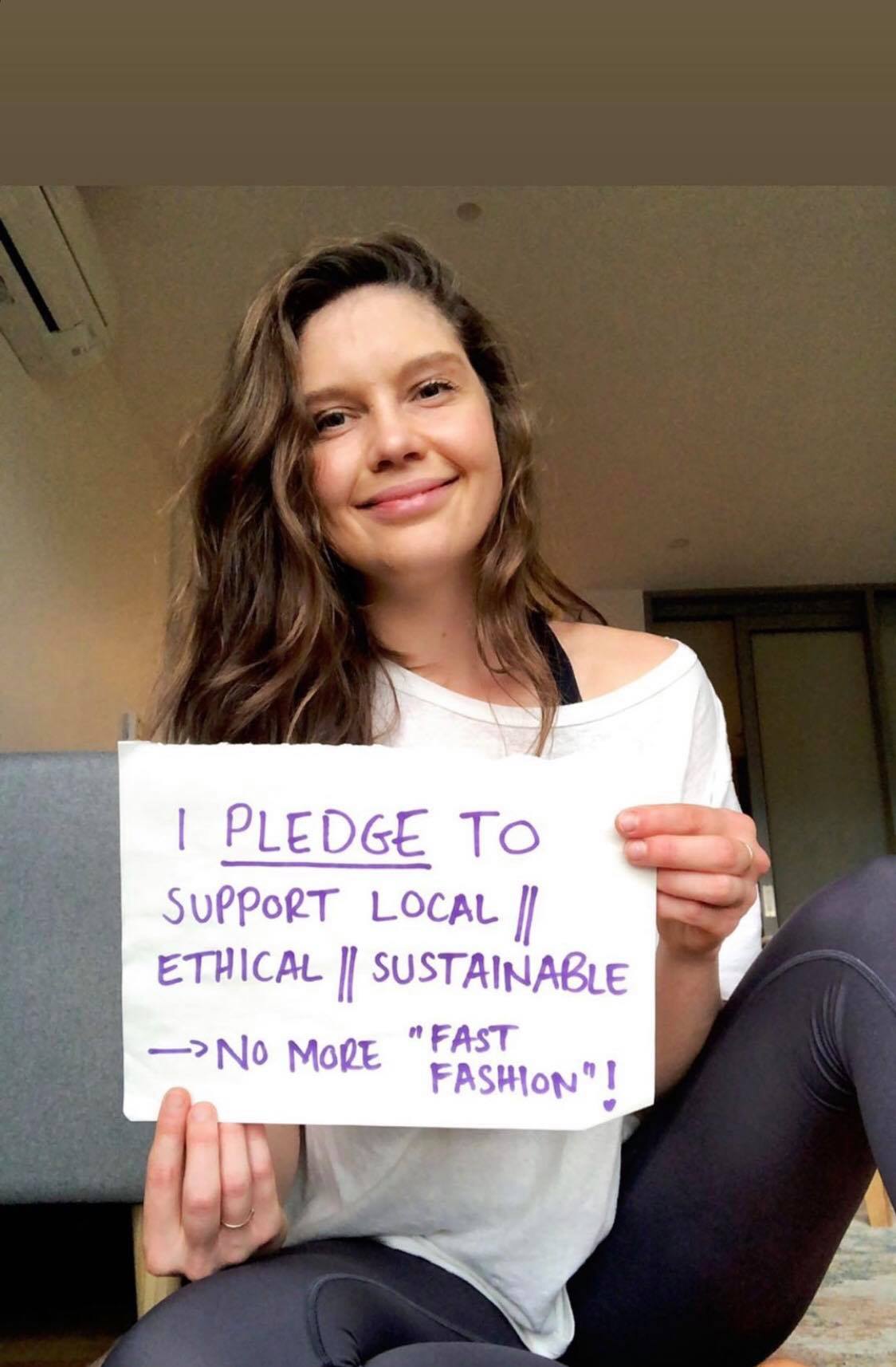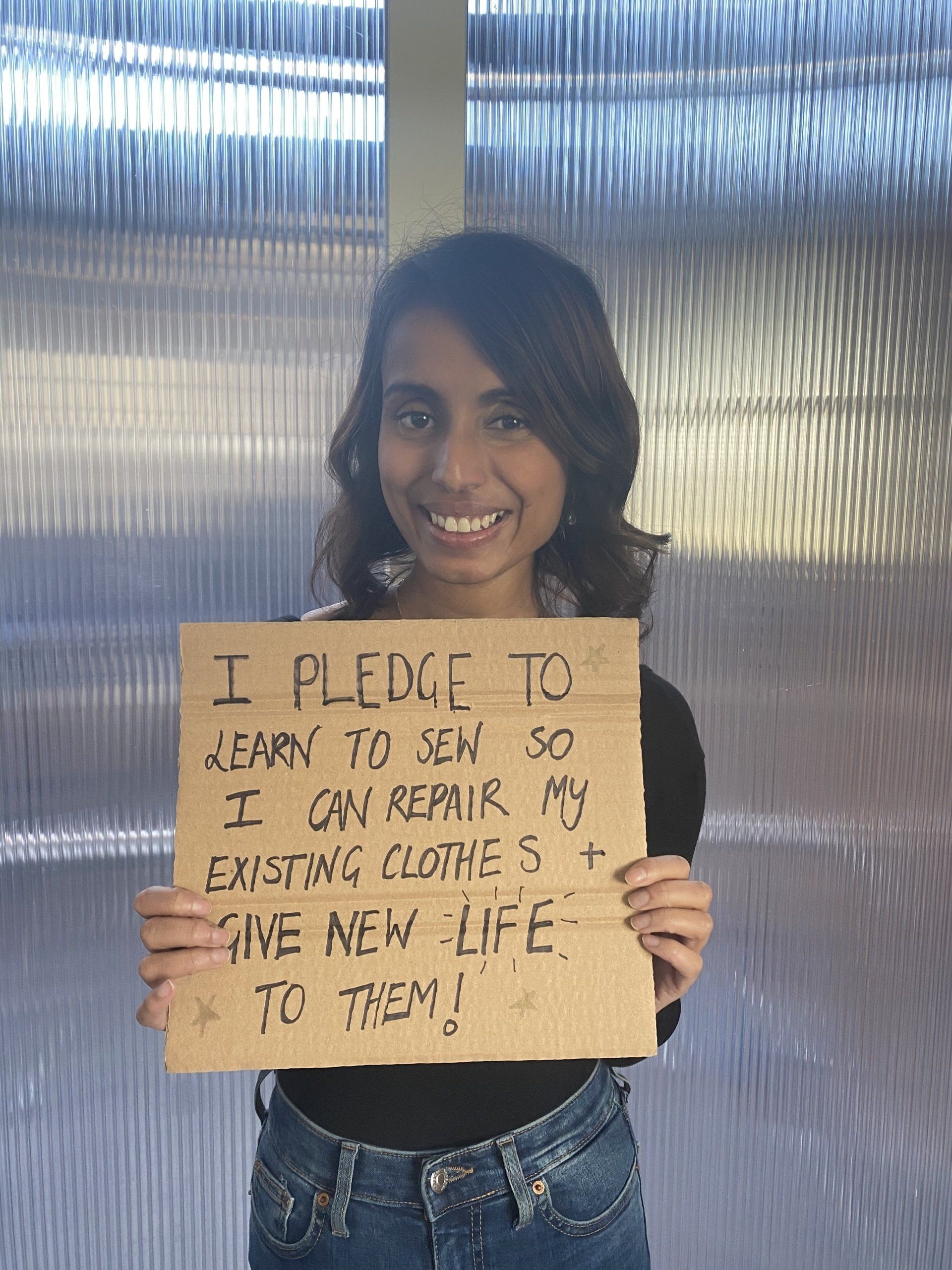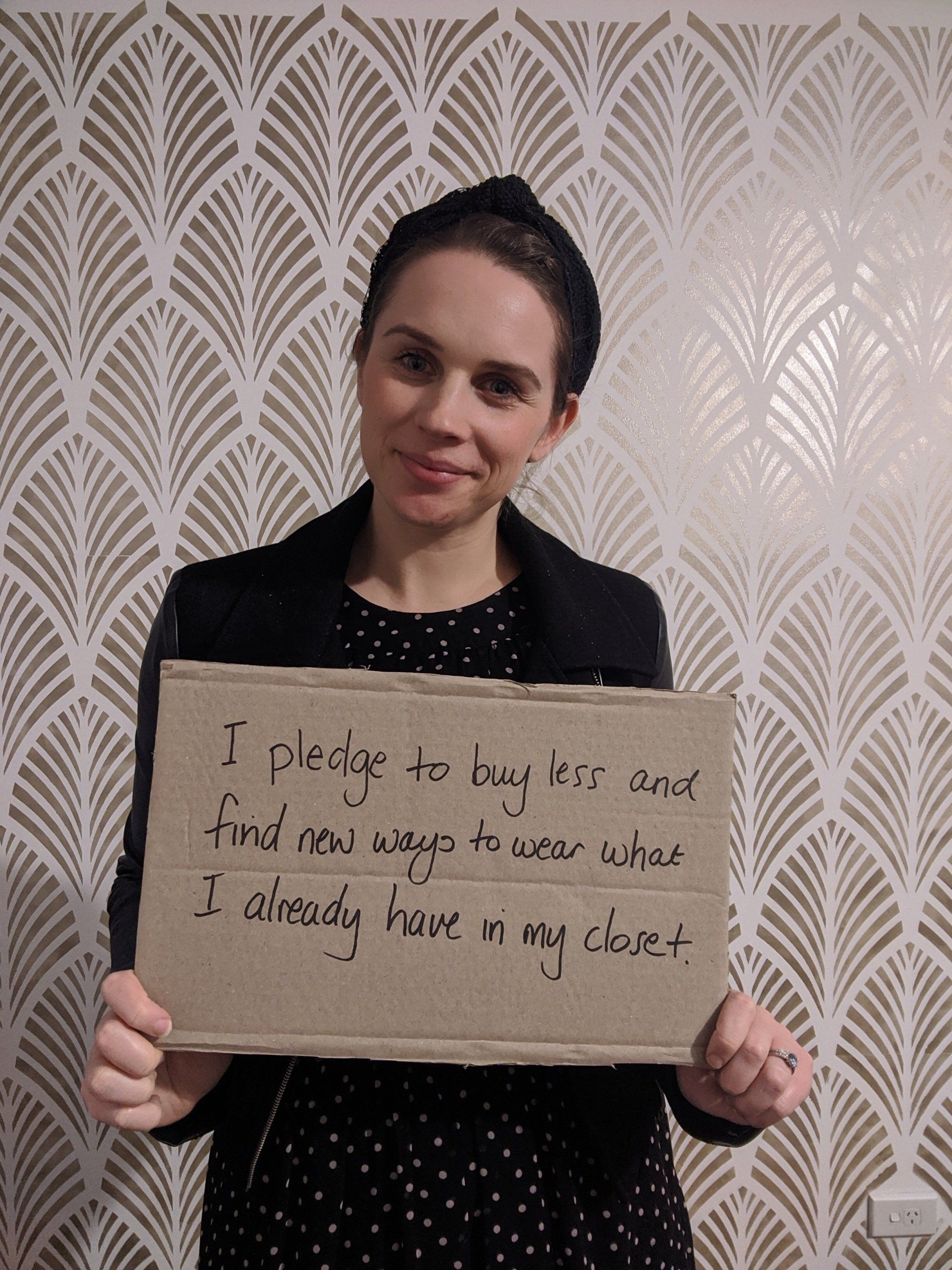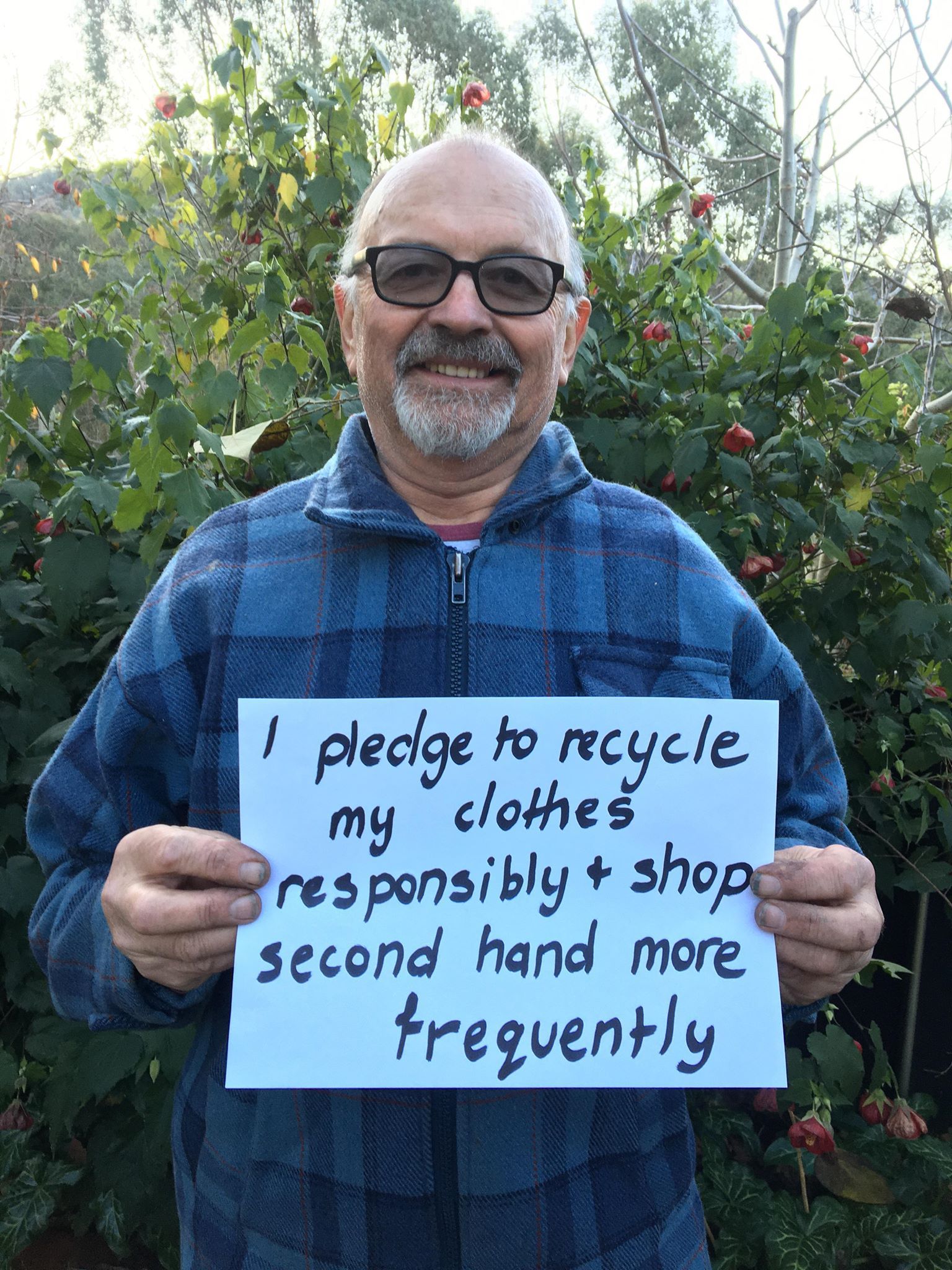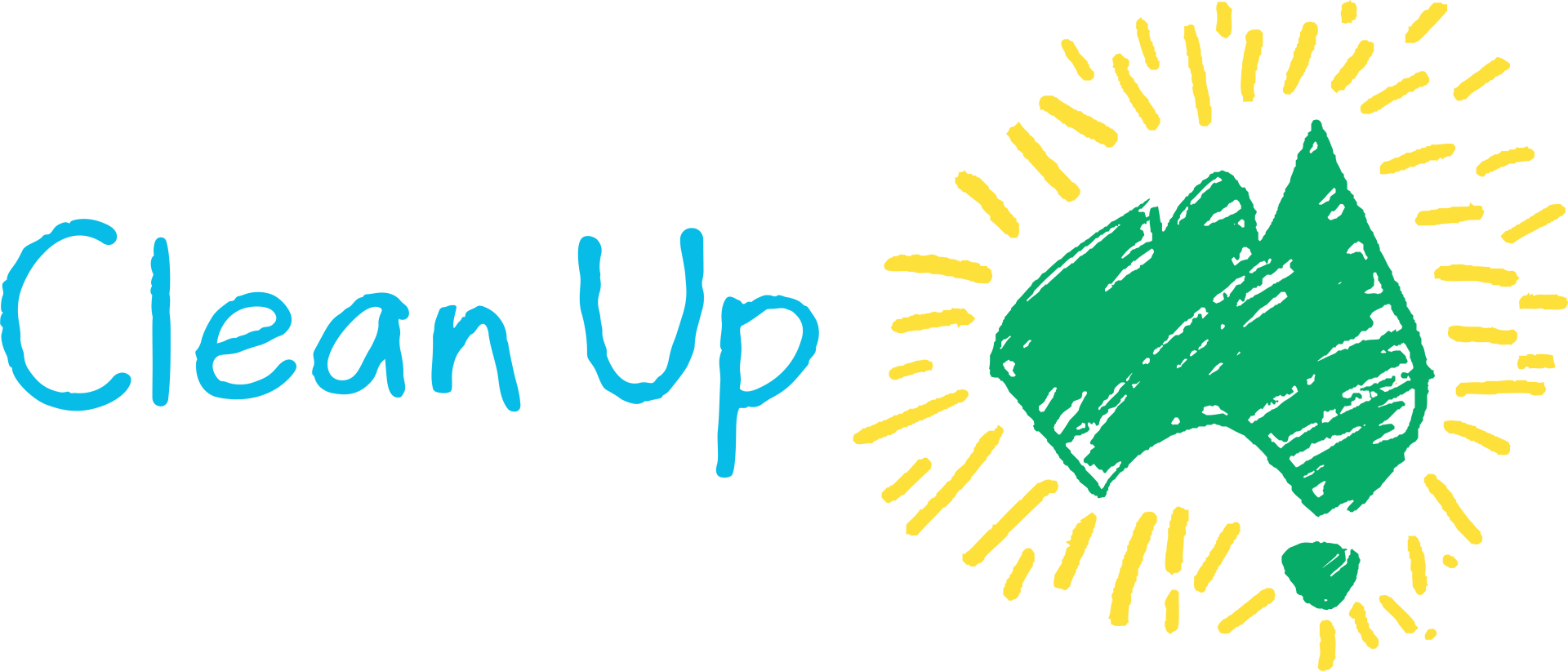What is a Circular Economy?
“The circular economy is
seen as a logical alternative to a linear economy. In a linear economy, natural
resources are extracted for producing materials that are manufactured in
products to be incinerated or landfilled after use. The essence of a circular
economy is to preserve natural resources by retaining the quality and value of
products and their parts, and the materials.”
PBL
Netherlands Environmental Assessment Agency
What is a Circular Economy?
Imagine if the soft plastic from your bread bag was turned into new soft plastic when you recycled it through the Redcycle system at your local shopping centre.
Imagine if all the materials could be recovered from the batteries you just dropped at your local battery recycling outlet , and nothing went to landfill.
Imagine if all your food waste was composted, and returned to the soil, to grow new food.
Imagine if the plastic butter tub could be turned into food grade plastic and used to make another butter tub.
This is what a circular economy would look like – materials going around and around forever.
A perfect circular economy would be very difficult, but we can do far better than we currently do.
Over the years we have become accustomed to using a product and then disposing of it. This 'Take, Make, Waste' approach is referred to as a linear economy.
The implicit assumption is that the world has endless resources. We can use a product, throw it away, mine or grow some more materials, and make a new product.
Why is a Linear Economy a problem?
There are two problems with a linear approach.
Some resources are becoming scarce. We cannot afford to throw these into landfill – we must extract and re-use the minerals.
The other problem is the impact of continuous extraction and dumping on our environment. Even best-practice mining uses land that could otherwise be left in its natural state. Clearing land for crops to manufacture clothes means there are less trees and less land for farming. Waste from city areas needs to be transported long distances to landfill sites. This uses significant amounts of energy and contributes to air pollution.
Australia’s Journey Towards a Circular Economy
In the diagram above, you can see that moving from a linear to a circular economy involves increasing the amount of resources going around-and-around, and reducing waste-to-landfill or incineration.
For many years, Australians have enthusiastically taken to putting items in our recycling bins, which is a step in the right direction. However, due to a lack of local market demand and levels of contamination, much of this material travels overseas and we lack control over where it ends up. If something was diverted from landfill in Australia, there was no guarantee that it had been truly recycled for re-use.
Due to many countries now refusing to take our waste, we are being forced to address the problem here in Australia.
As we develop new infrastructure to process our own waste, it is important that people keep separating material for recycling. But this is not enough. We have only moved towards a circular economy when we start to re-use this material. So, we must buy products made from recycled material.
The above comments are focused on the ‘non-renewable resources’ side of each graph.
The renewable resource side is just as important. When we take food and other plant material from our environment, we must ensure that the waste after use is returned to the earth in a form that it can use. This does not mean dumping to landfill. The best alternative is composting food waste for reuse as fertiliser. This completes the renewable resource circle.
What can we do?
Some actions you can take yourself, but some require government infrastructure.
- Continue to sort your household waste. ‘Wish-cycling’ (hoping that what you put in the recycling bin is actually recyclable) is a common problem, so make sure you understand what your council wants in your recycling bin so you are not contaminating it.
- Buy products in packaging that can be easily recycled i.e. can go in home compost, your co-mingled yellow bin, blue paper bin or returned to a drop-off centre for soft plastics.
- Separate and recycle your soft plastics via the Redcycle bins.
- Seek out product and packaging which contains recycled content.
- Compost food waste at home if possible. There are some great options available via Compost Revolution
- And if that’s not possible, ask your council for a separate food waste collection.
- Ask all levels of government to have purchasing policies which mandate the use of recycled content in infrastructure.
- Implement procedures in your business that prioritise the purchasing of products with recycled content.
For more information see Clean Up our Waste and follow our blogs.
And support our Coprporate Changemakers, who support us.
Search for other blog topics:
